Julian Schulze
Julian Schulze is a Berlin born and based minimalist Photographer who chooses to focus on geometric abstractions and minimalist compositions with high contrast and wide ranges of colour. His work is very expansive and eye catching ,consisting of architectural features of cityscape environments
His work ranges from everyday scenes taken from different perspectives to mind blowing pieces that play with your perception and that can really make you question what it is you are looking at.
Below are some examples of his work
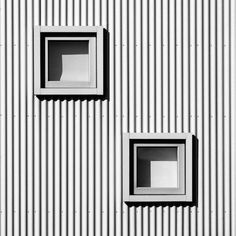


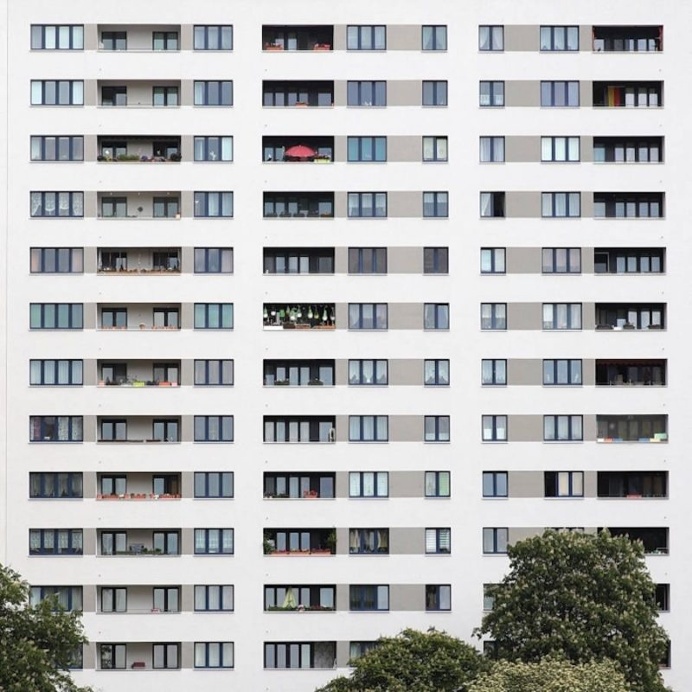
I have decided to use Schulze as my inspiration due to his portrayal of colour and shape in his works, as well as his ability to truly capture the imagination of his Audience.
Shooting
For my Julian Schulze inspired shoot, I decided to go to my local town area and identify buildings and scenes that I thought matched this criteria in terms of colour shape and texture. I photographed high rise office blocks and items in the street to try and truly emulate this style
Contact Sheets
Here are my contact sheets for this project
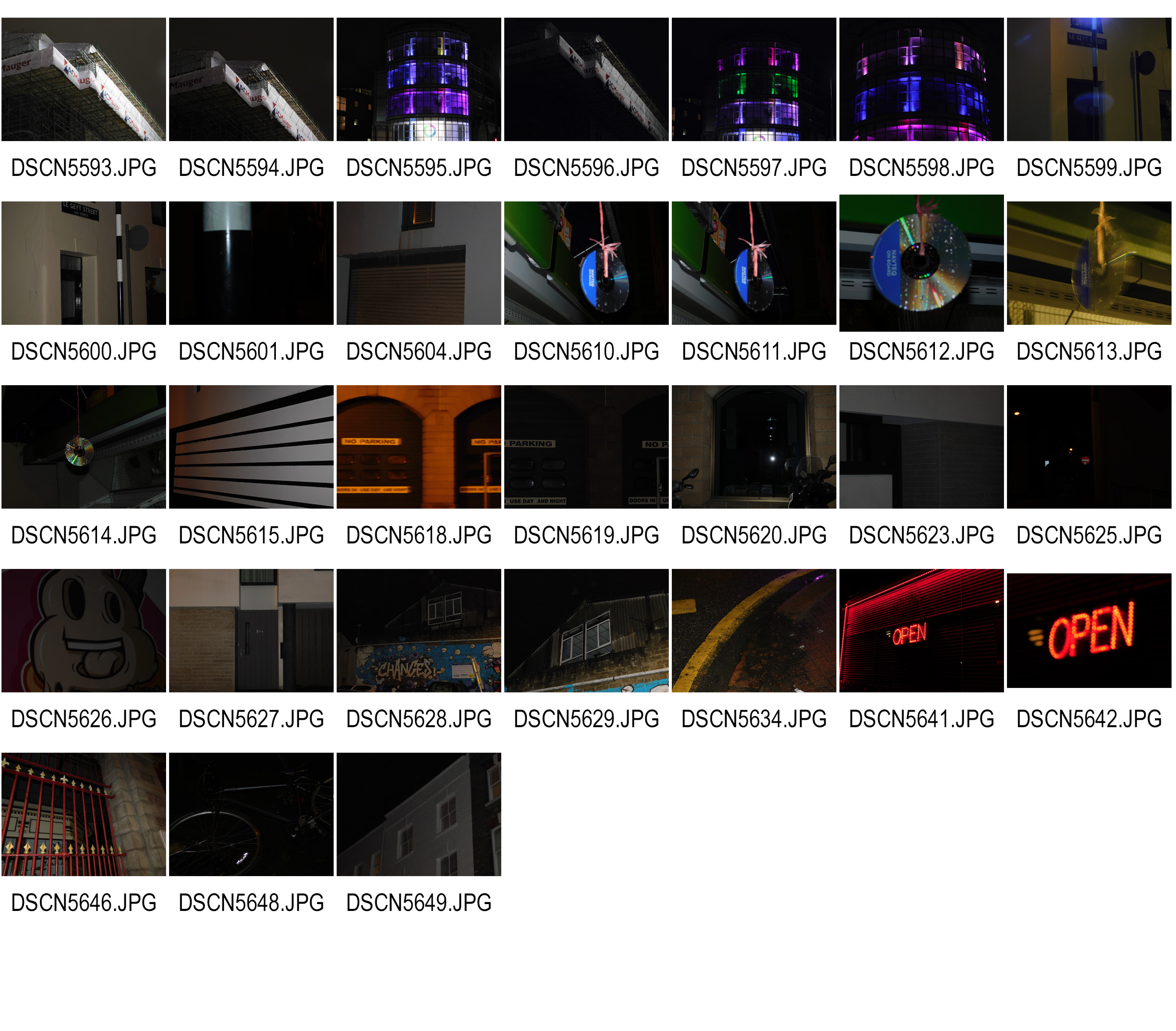
Final Image Selection

An old CD Hung up outside a shop to scare birds off of the fresh fruit. whole background has been lowered in vibrance and the CD isolated and adjusted
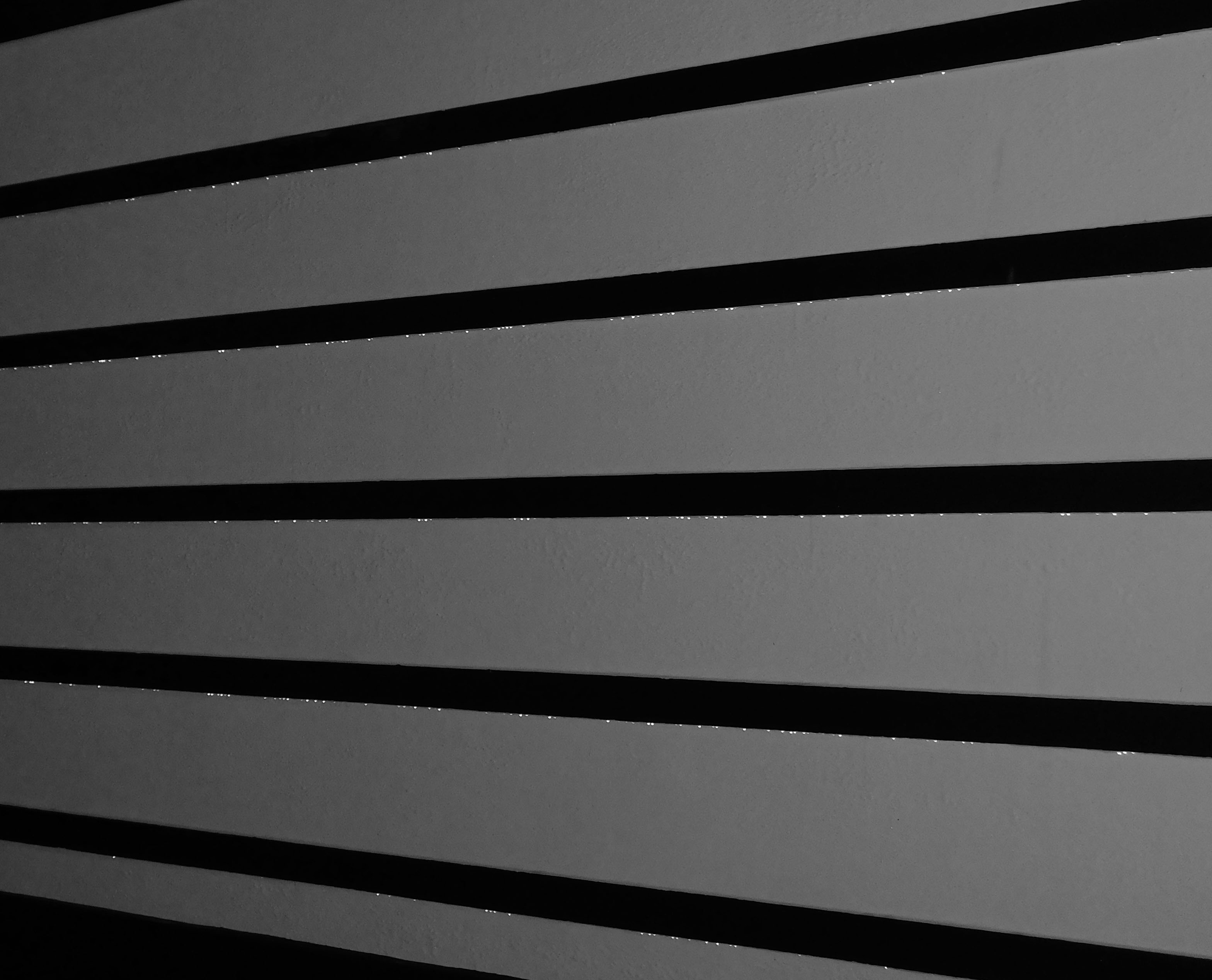
Black and white garage doors, no alerting needed
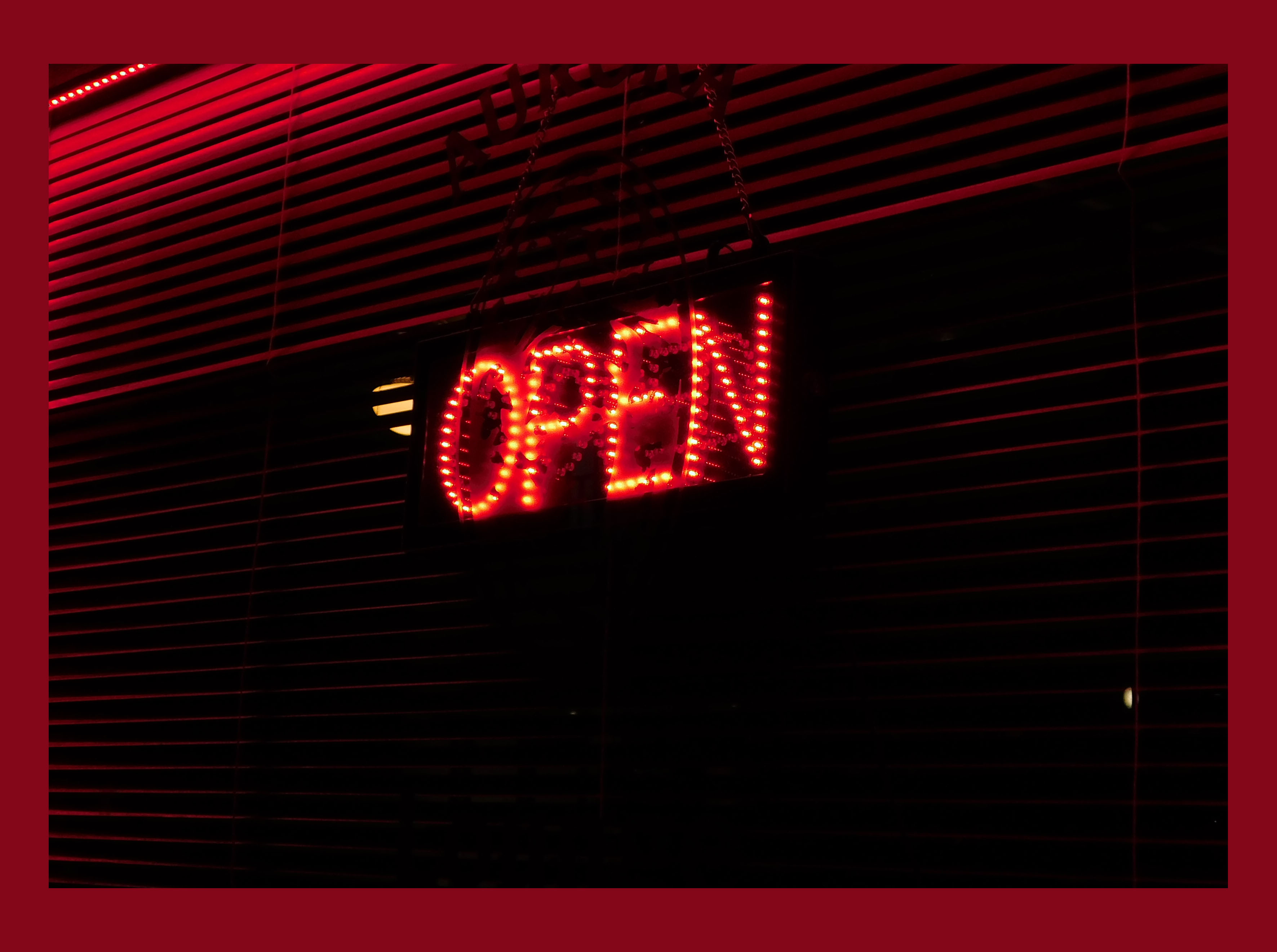
Open sign outside a restaurant with red LED’s. Red border around the outside to supplement the colour
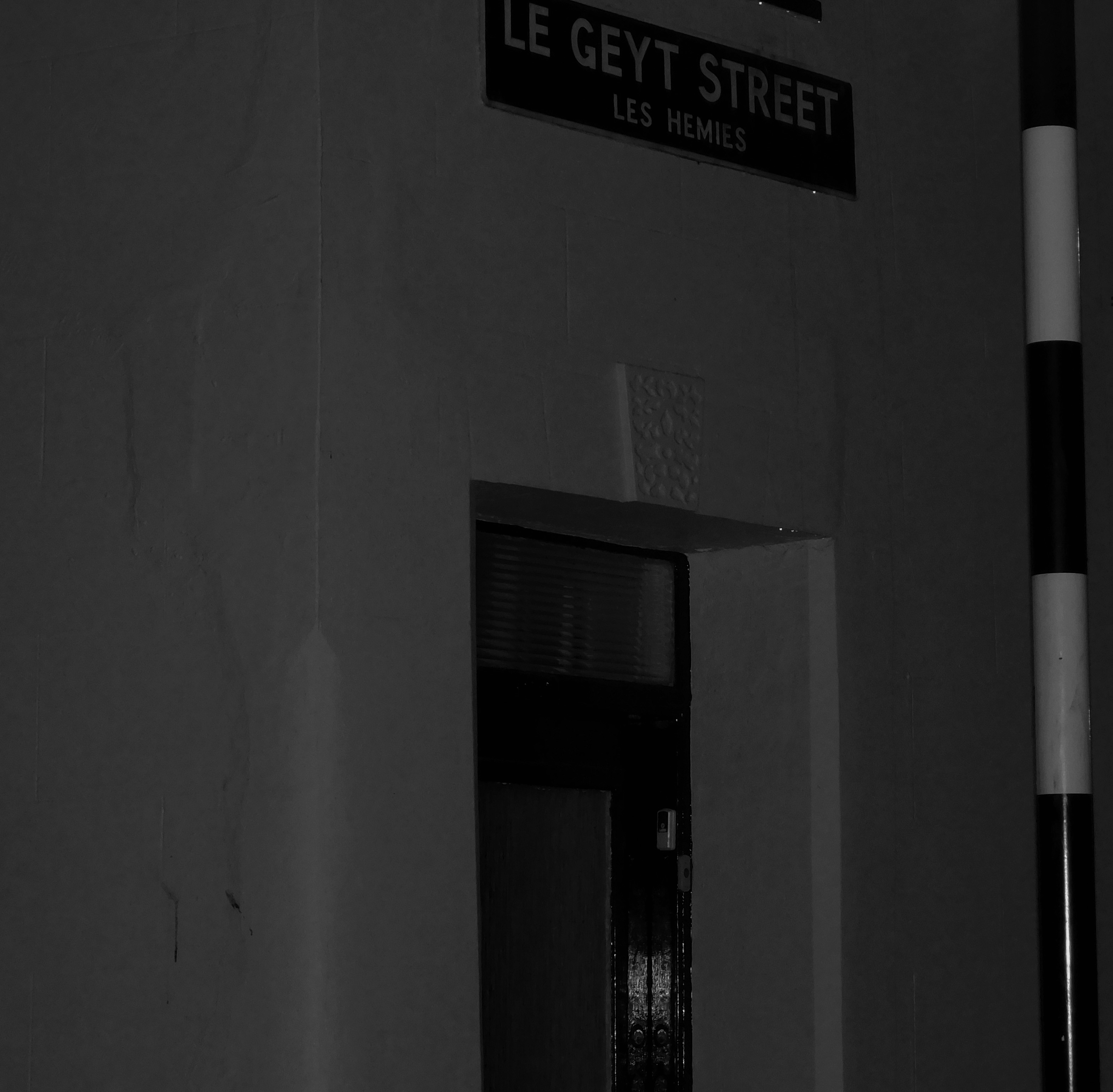
Black and white desaturated street corner
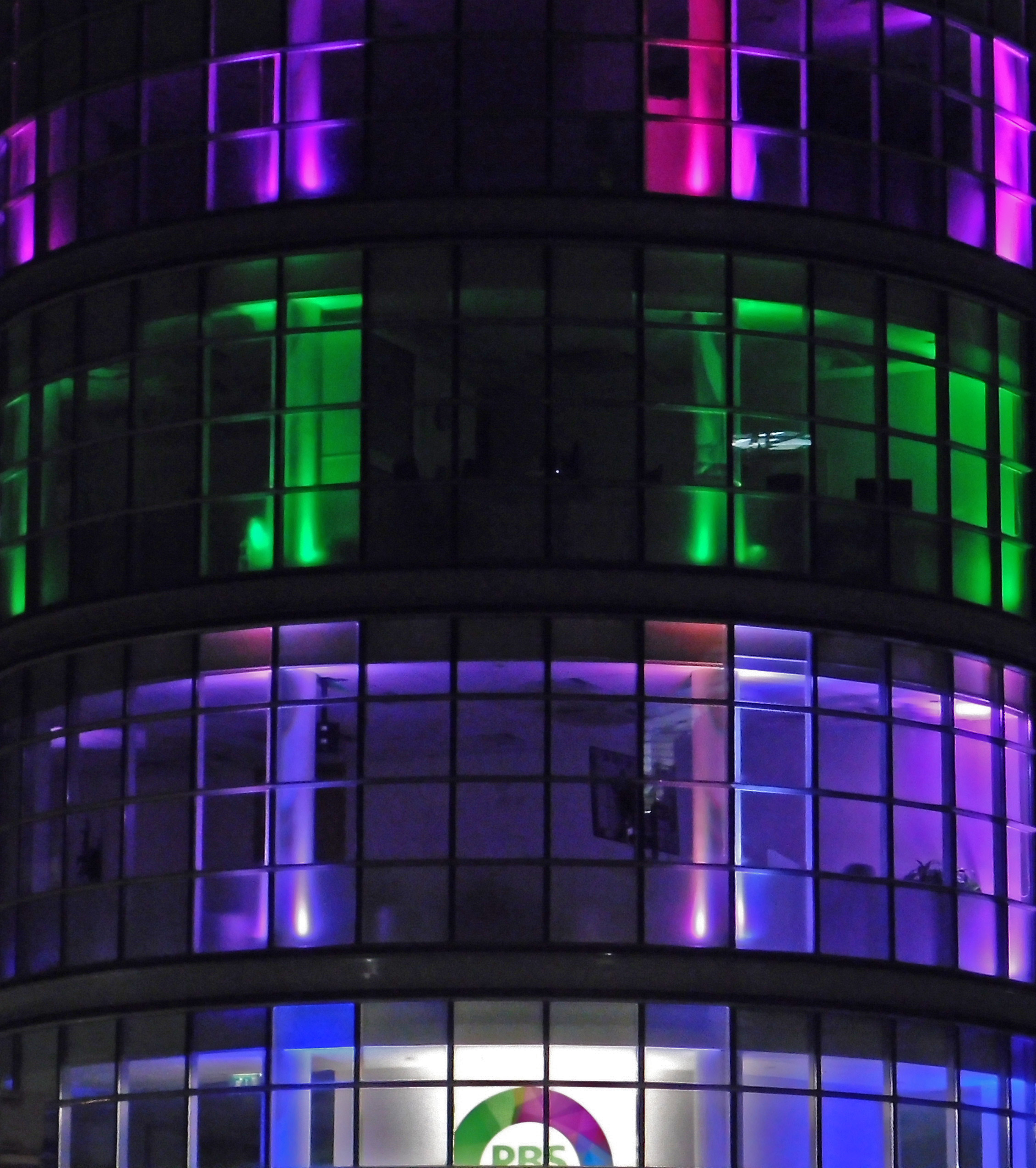
Illuminated office blocks



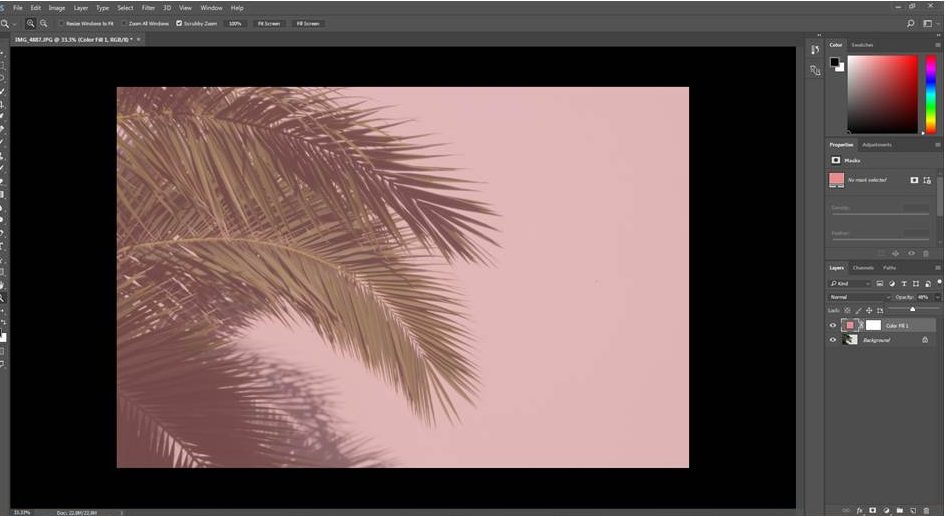

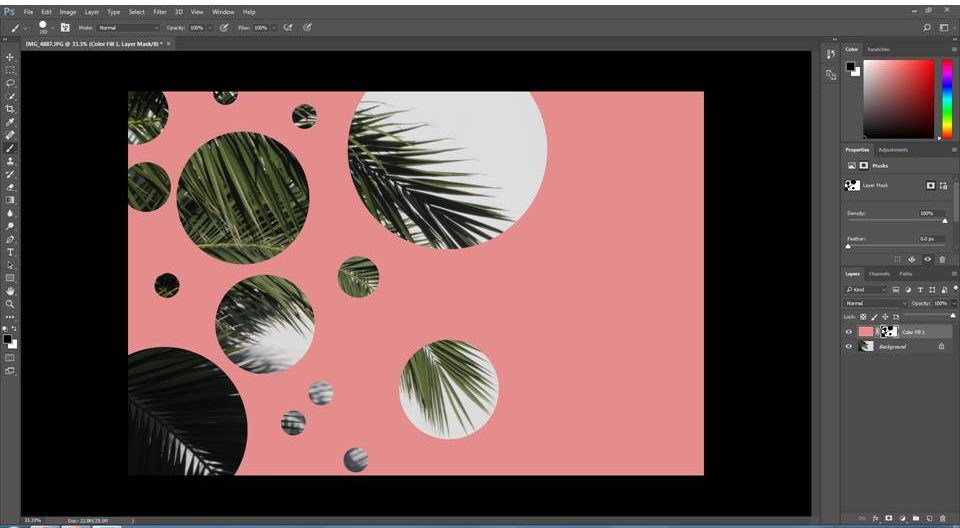




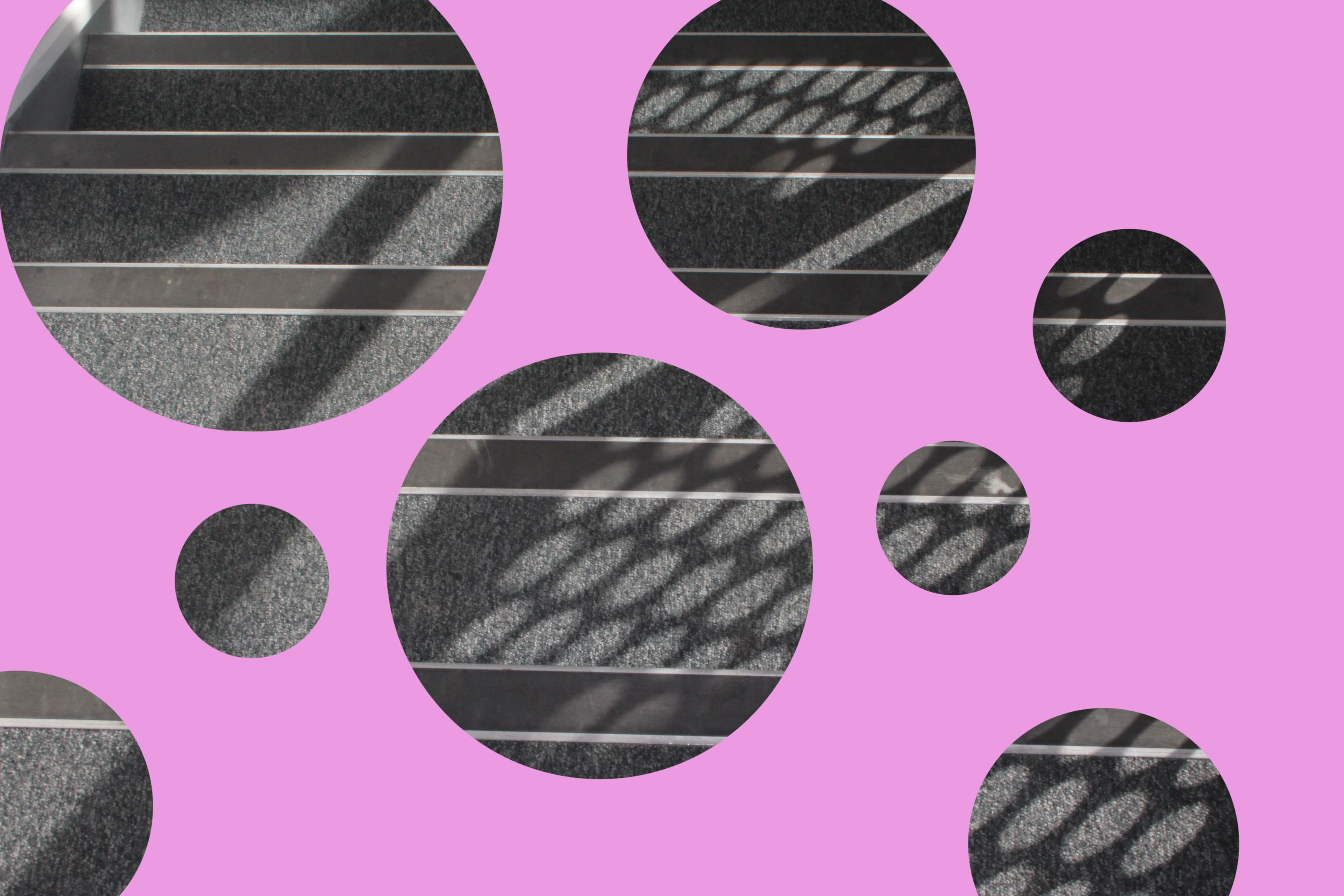


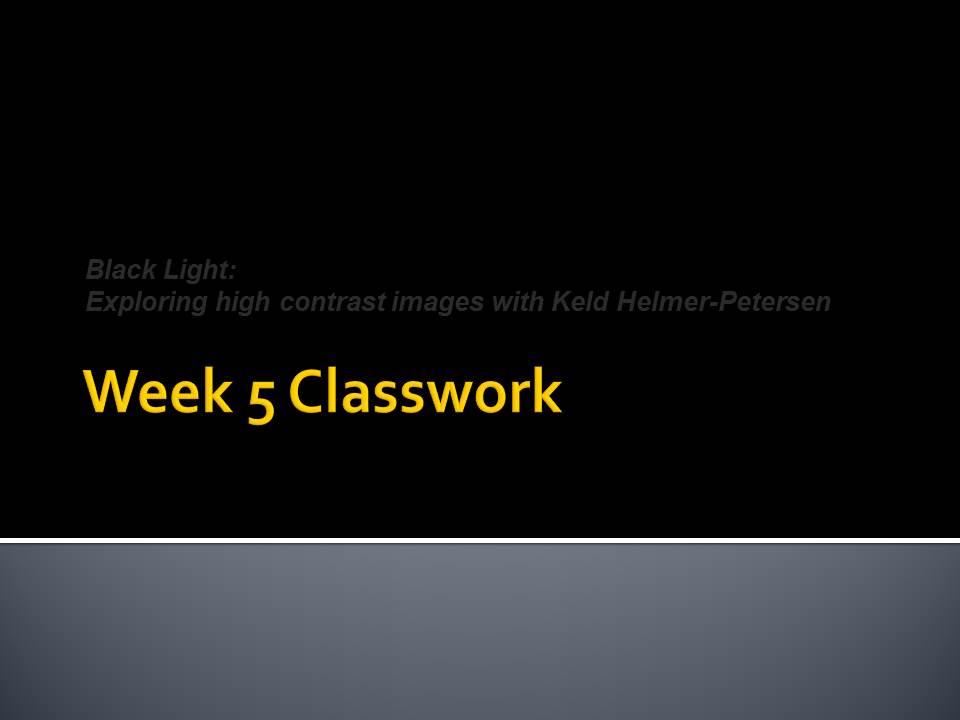
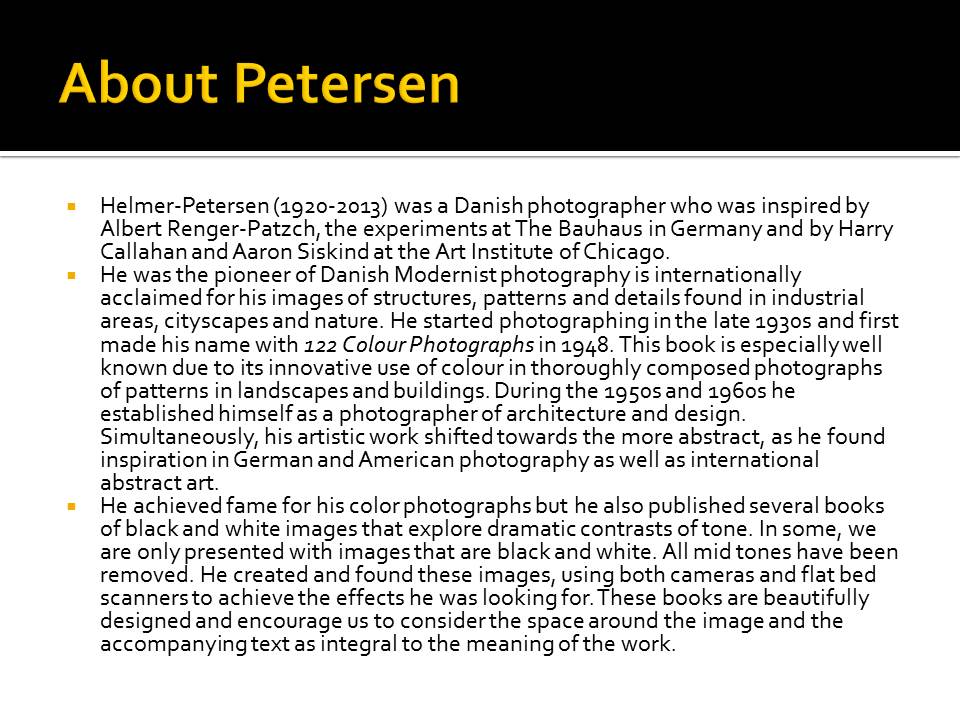

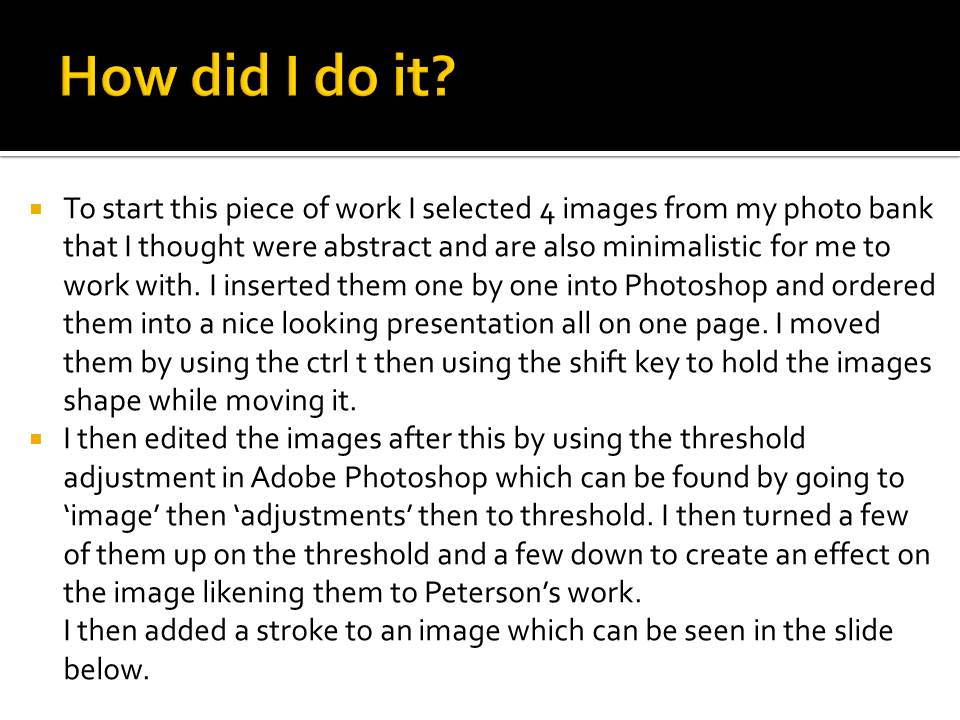
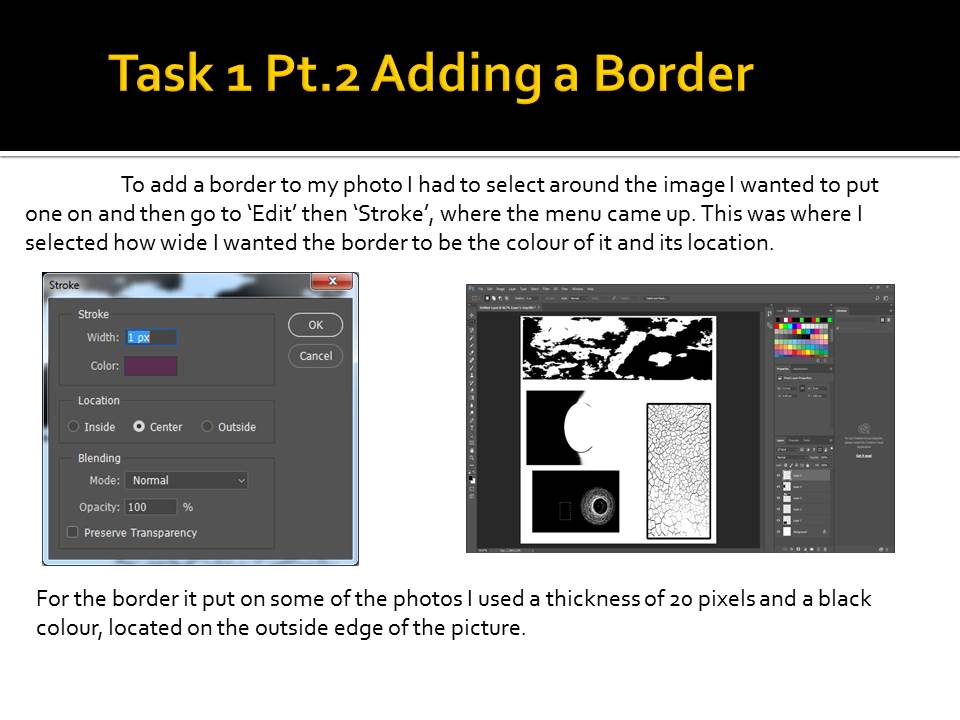
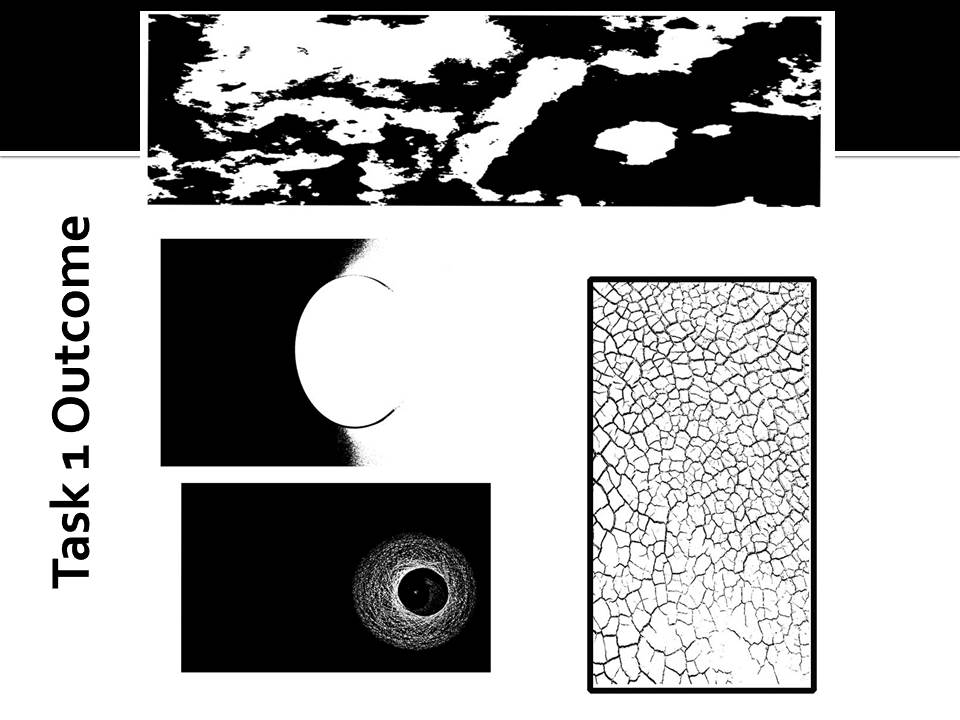
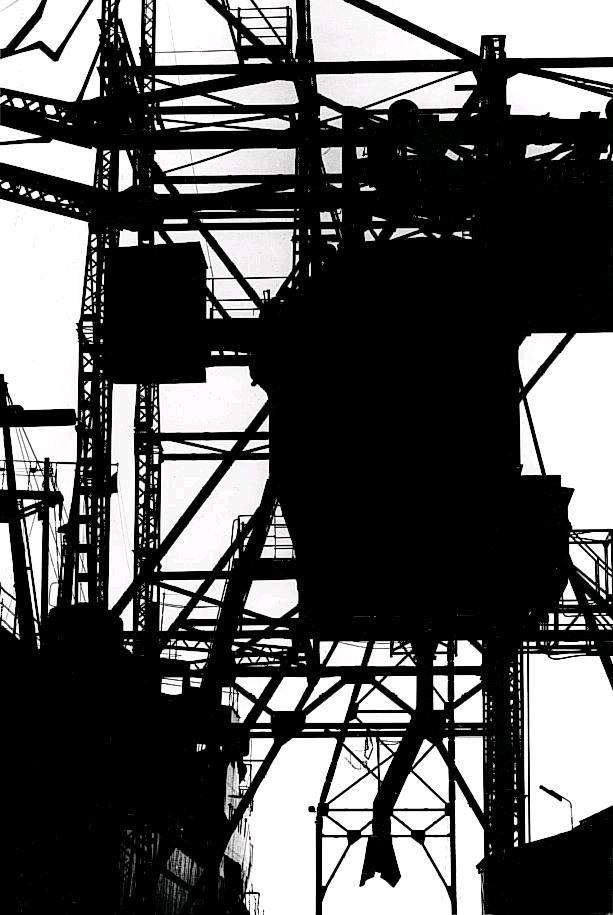
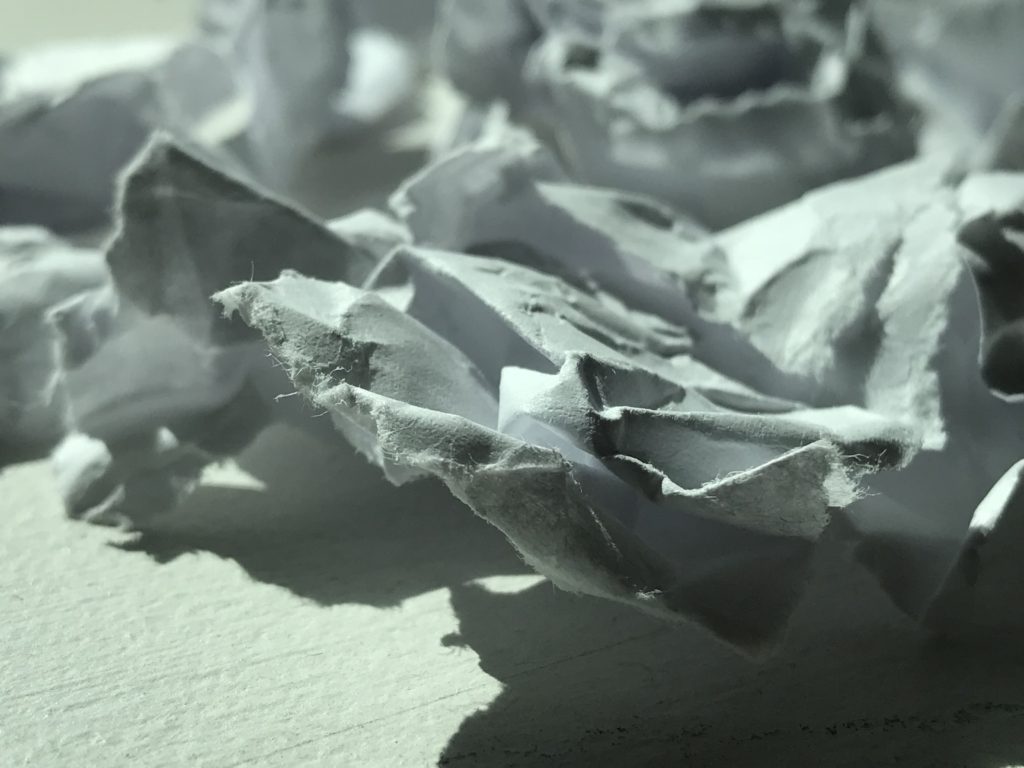
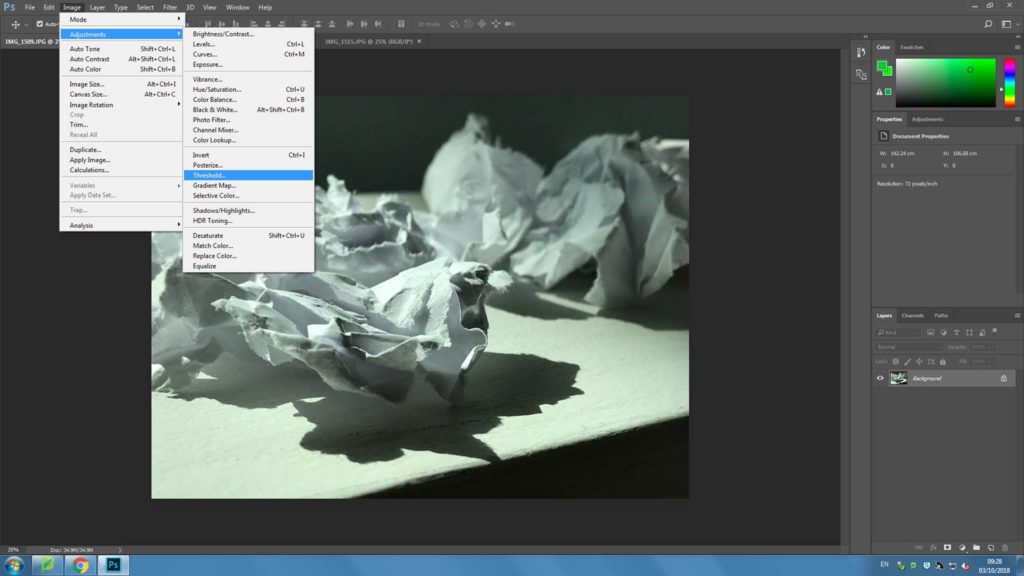
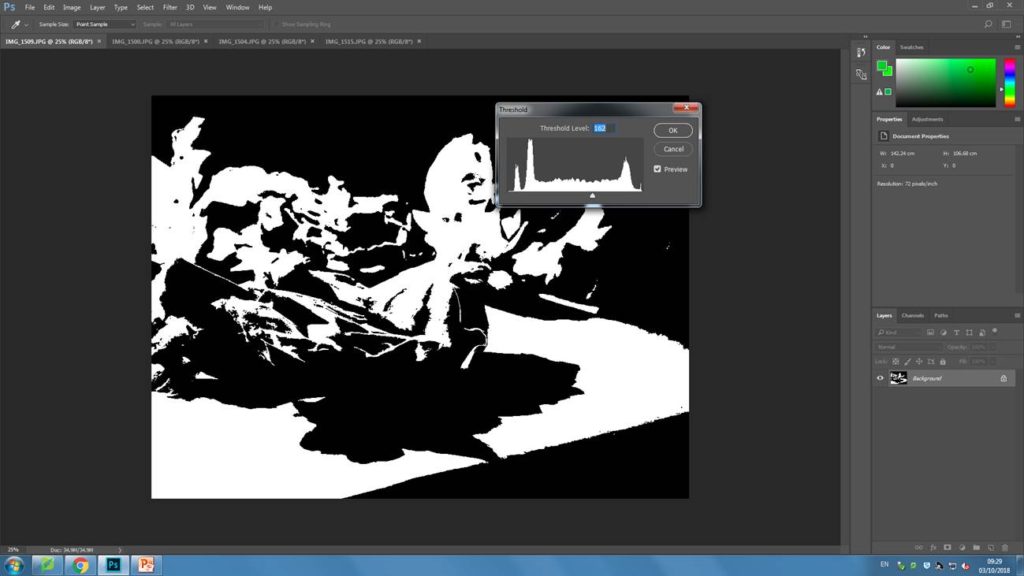
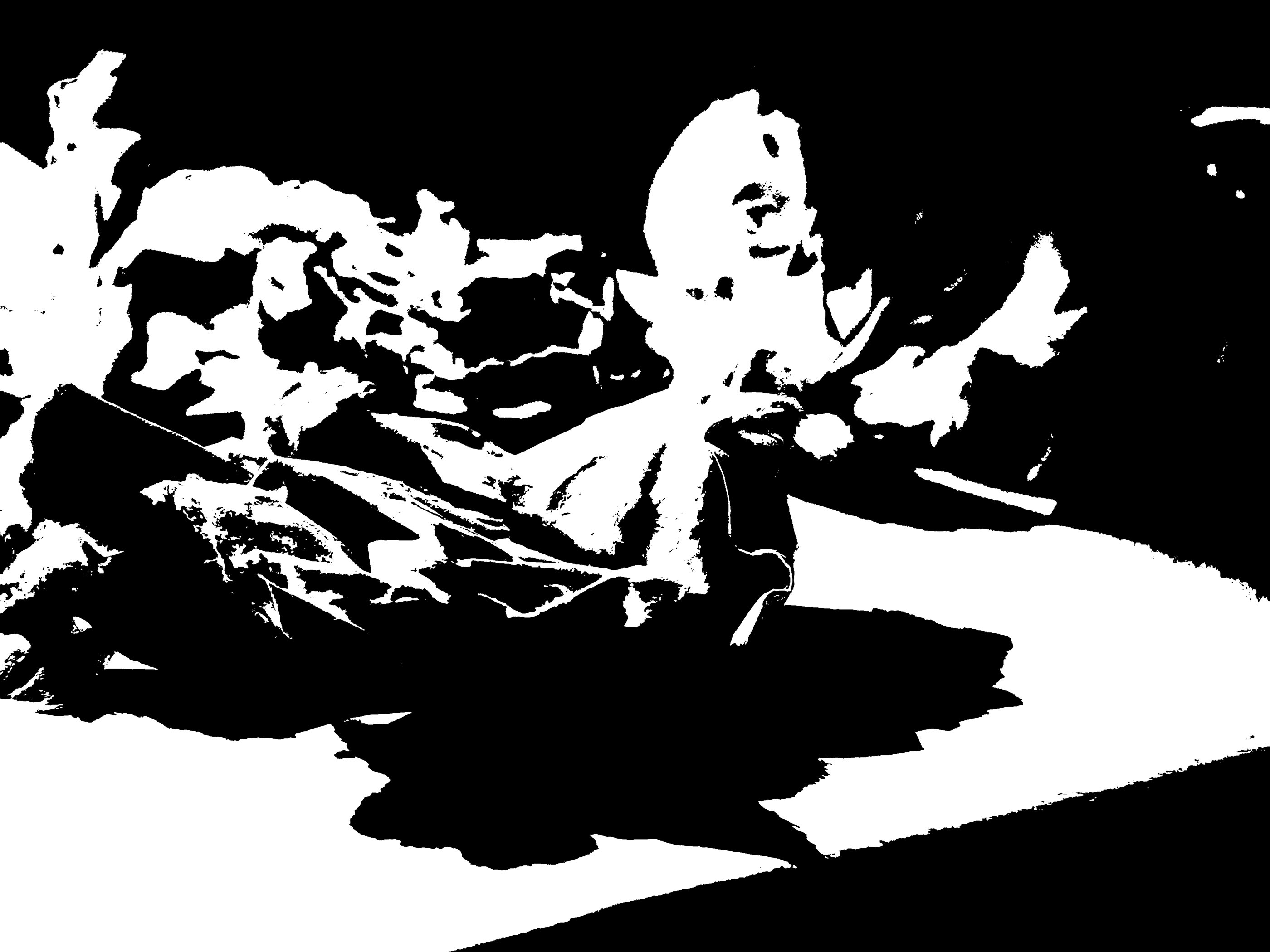
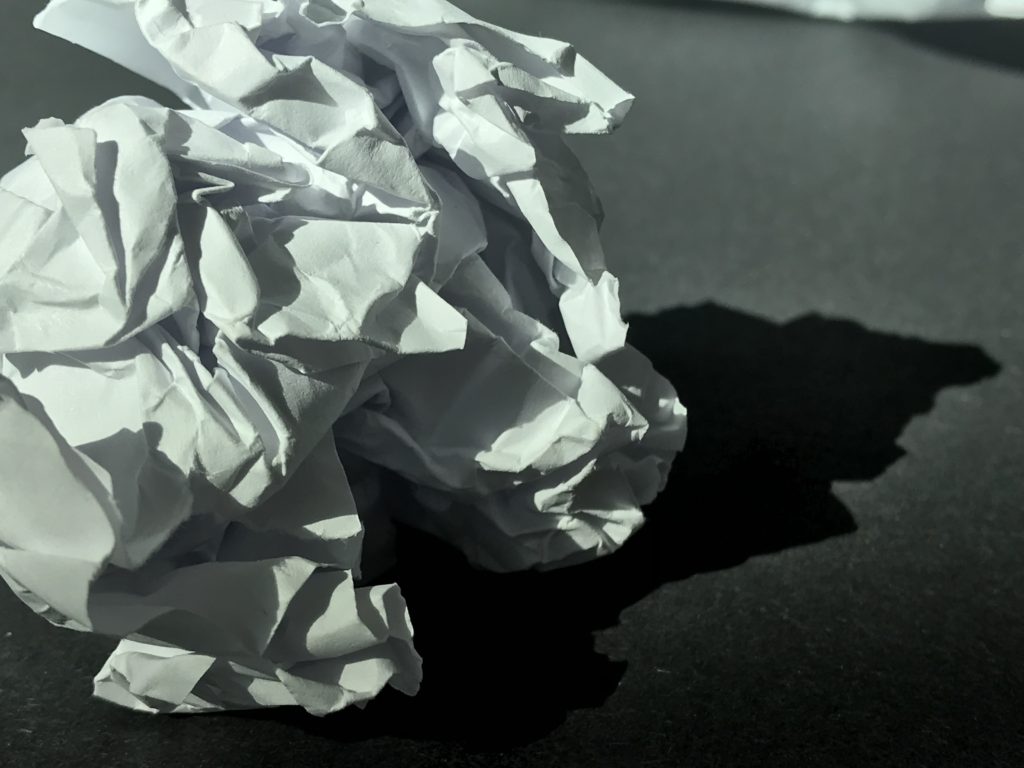


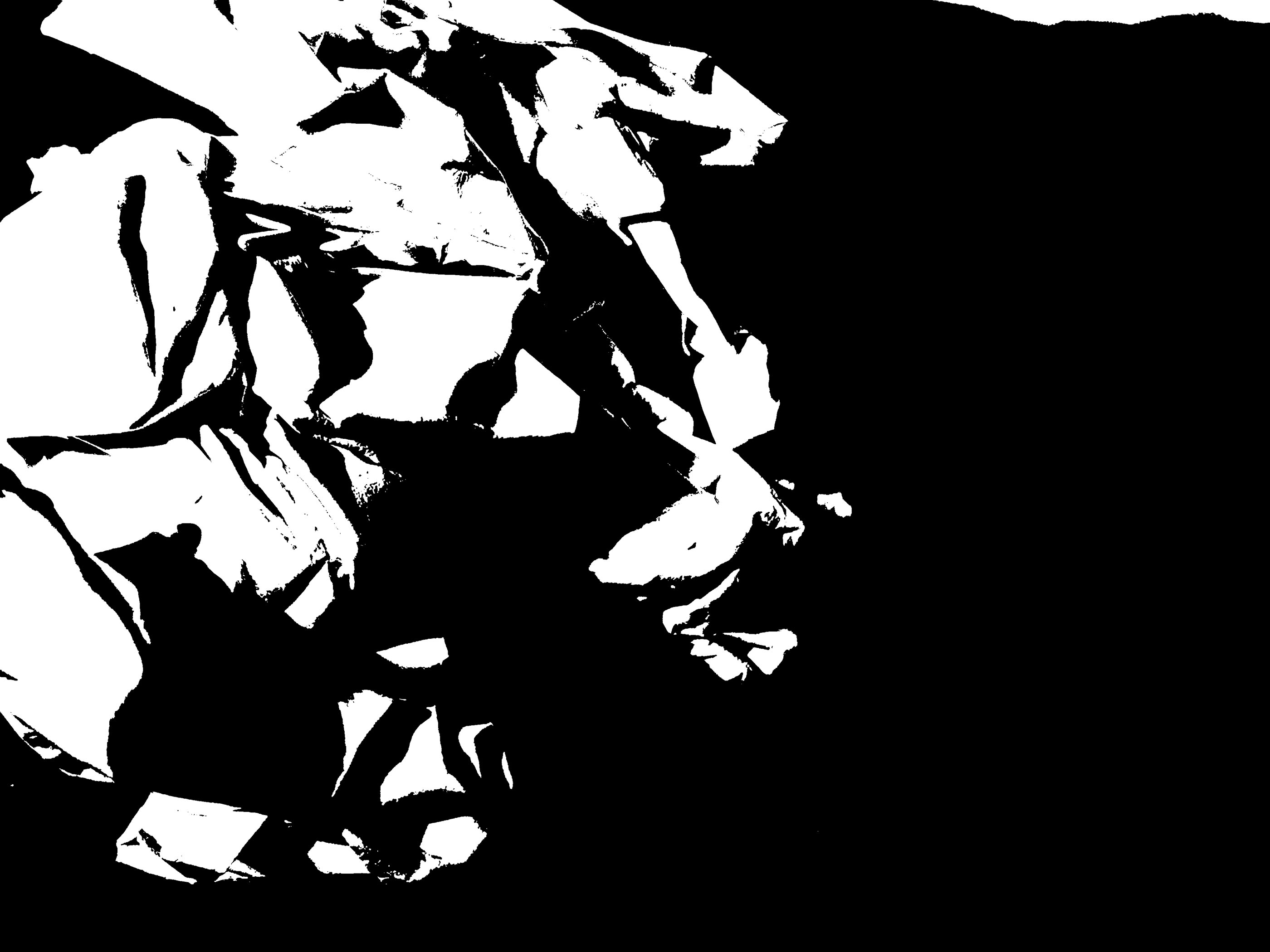

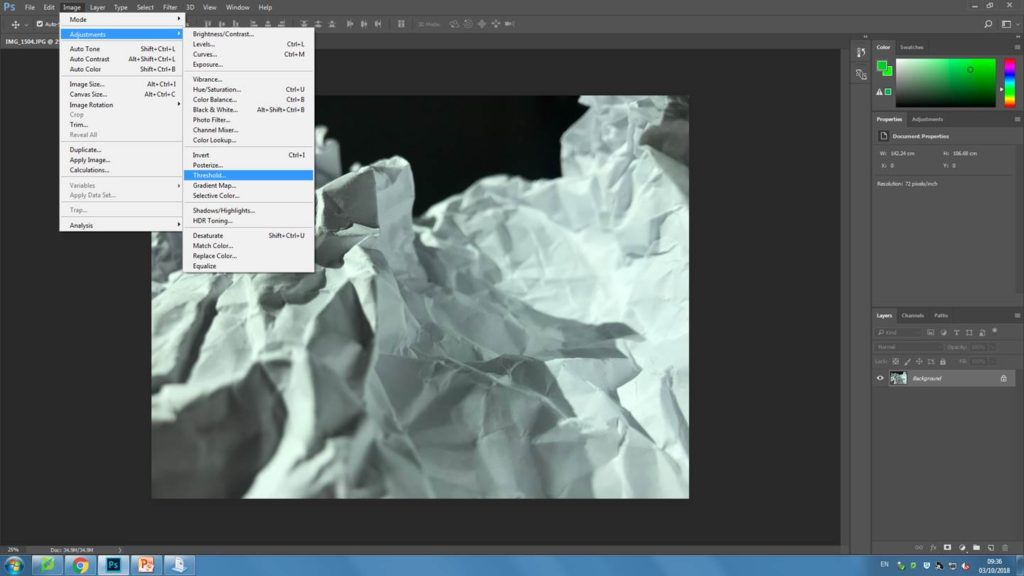
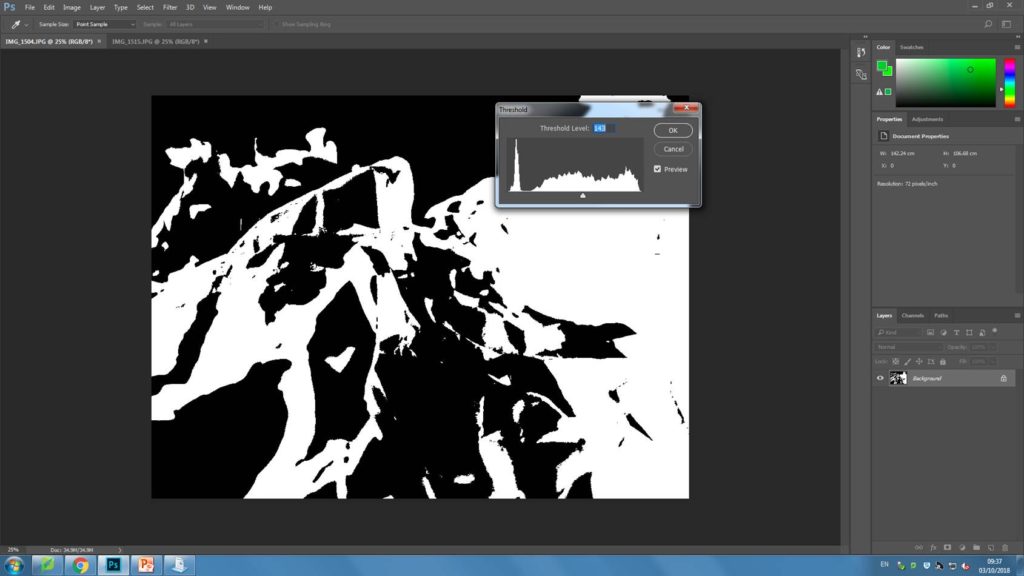

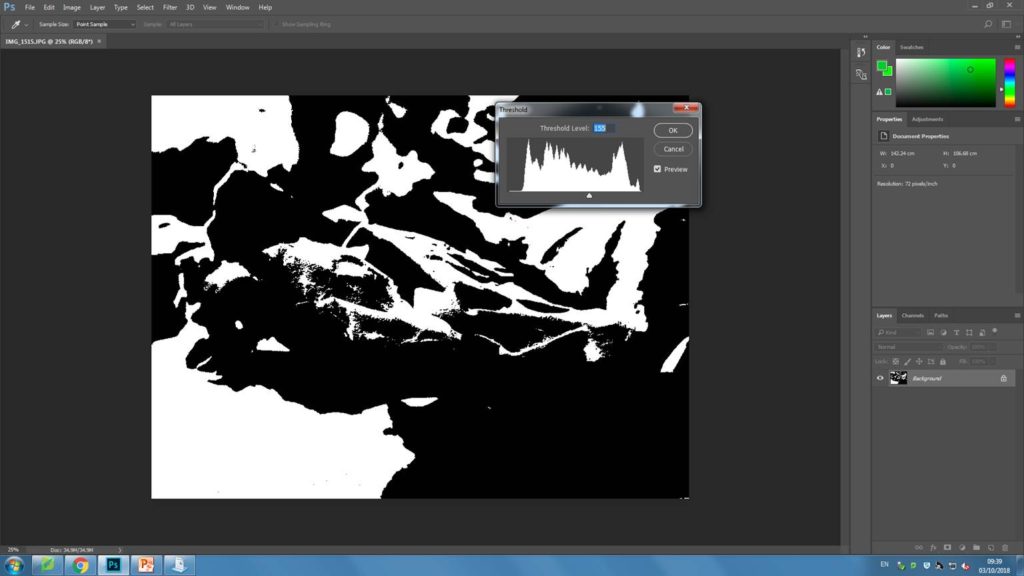


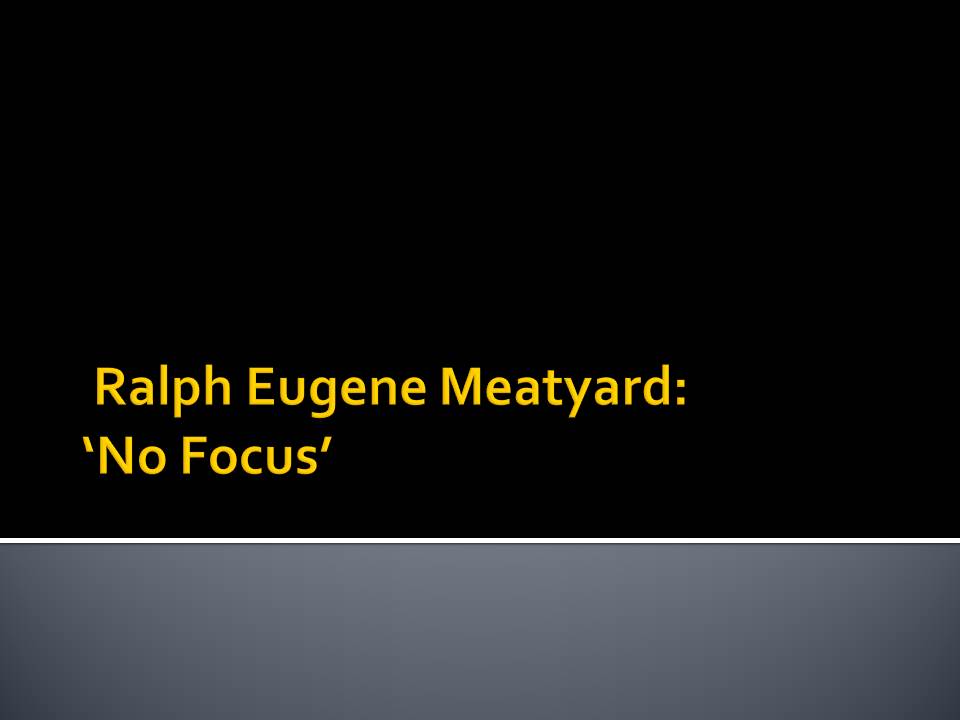

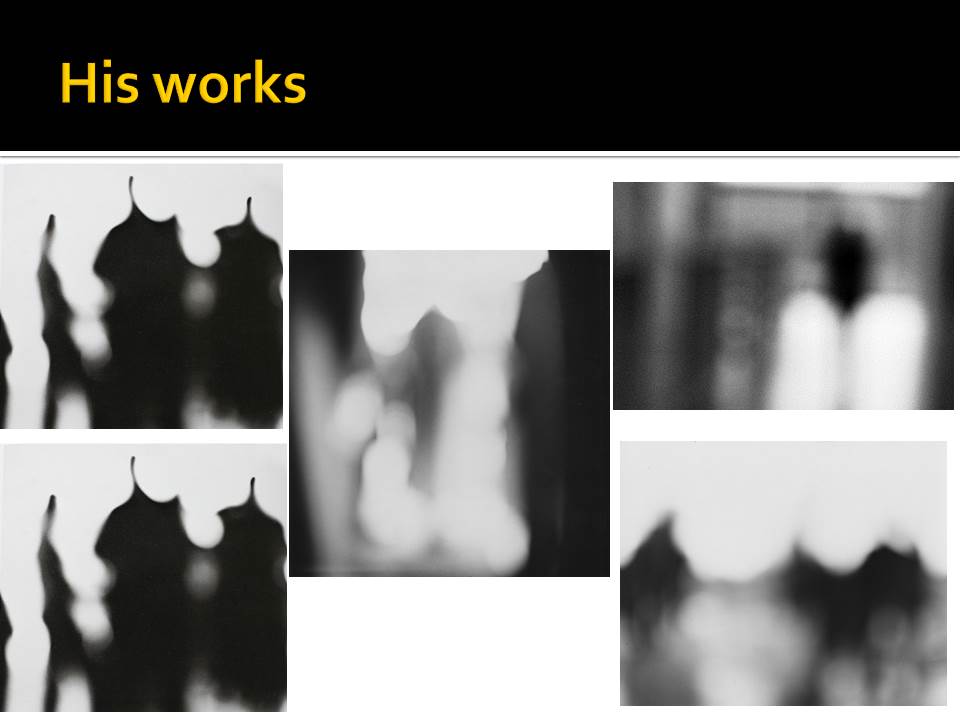
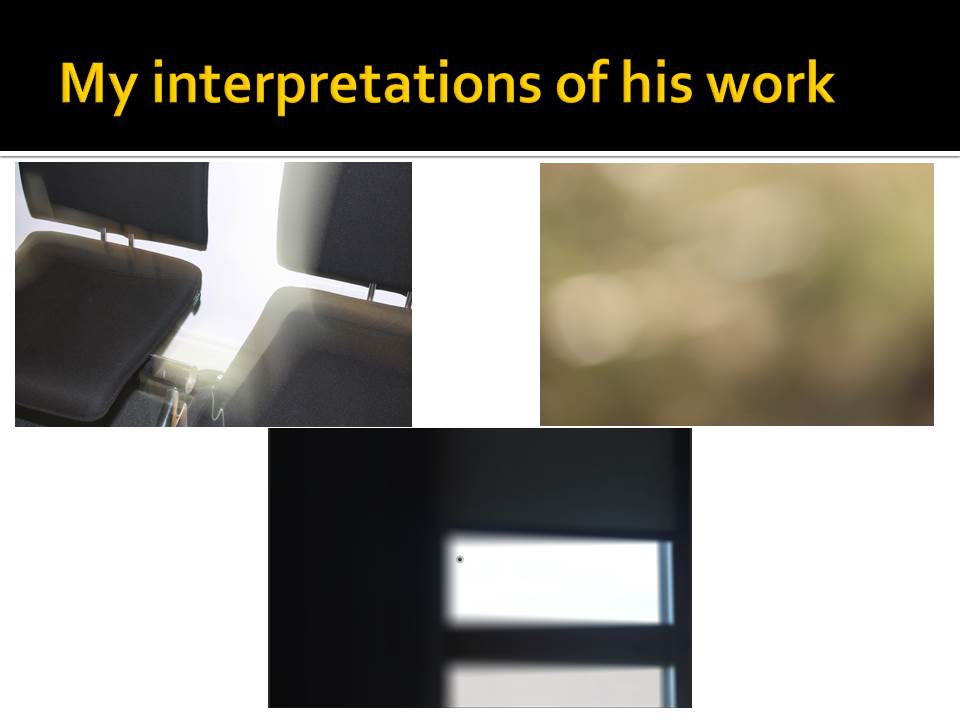
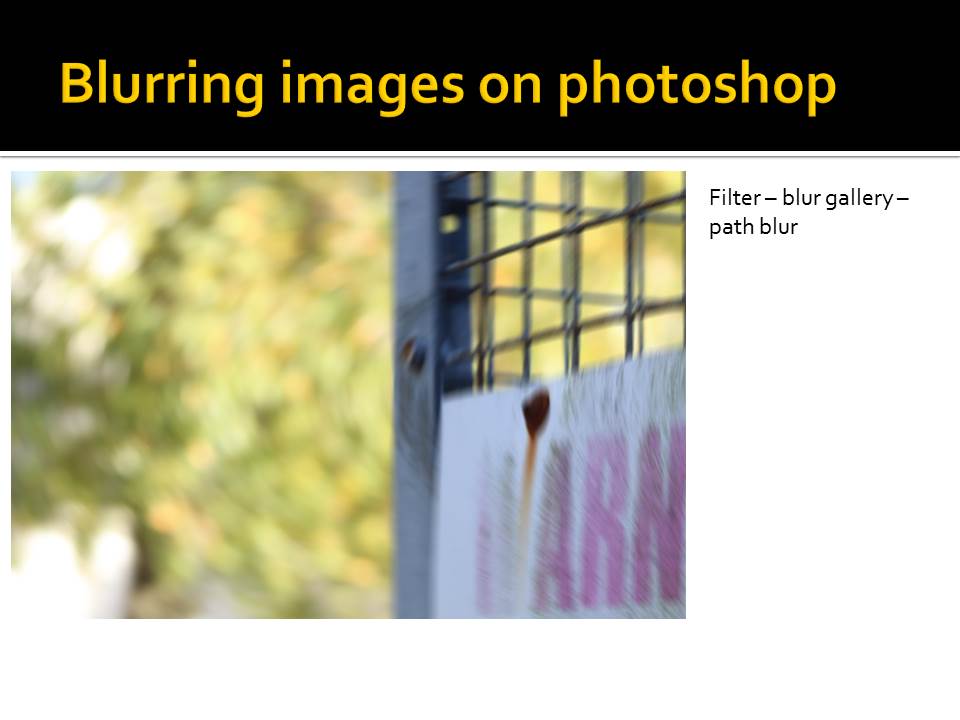
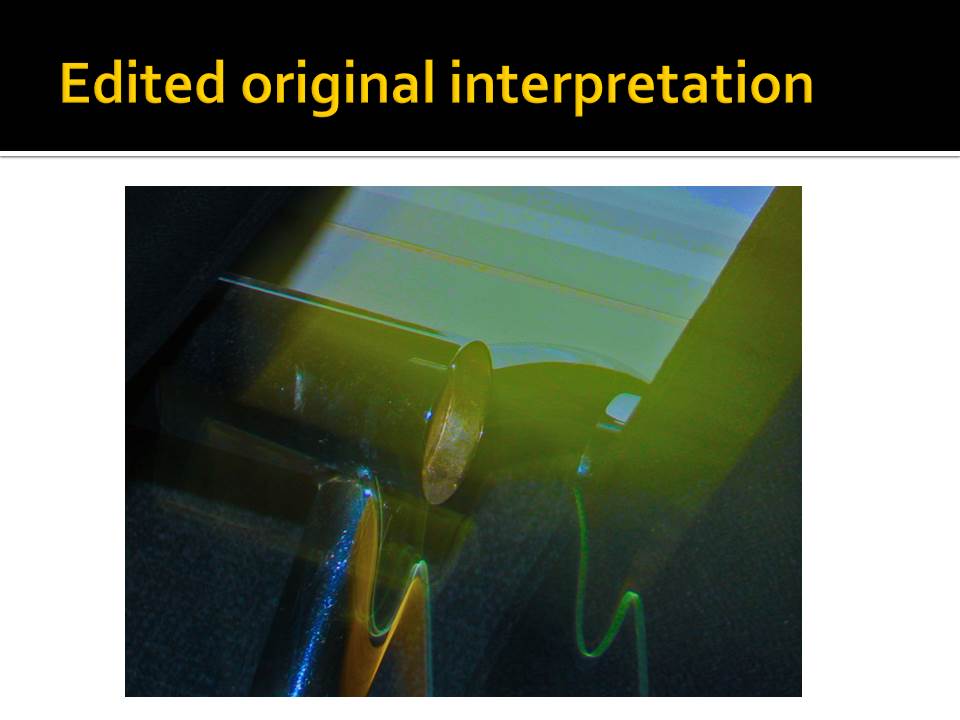

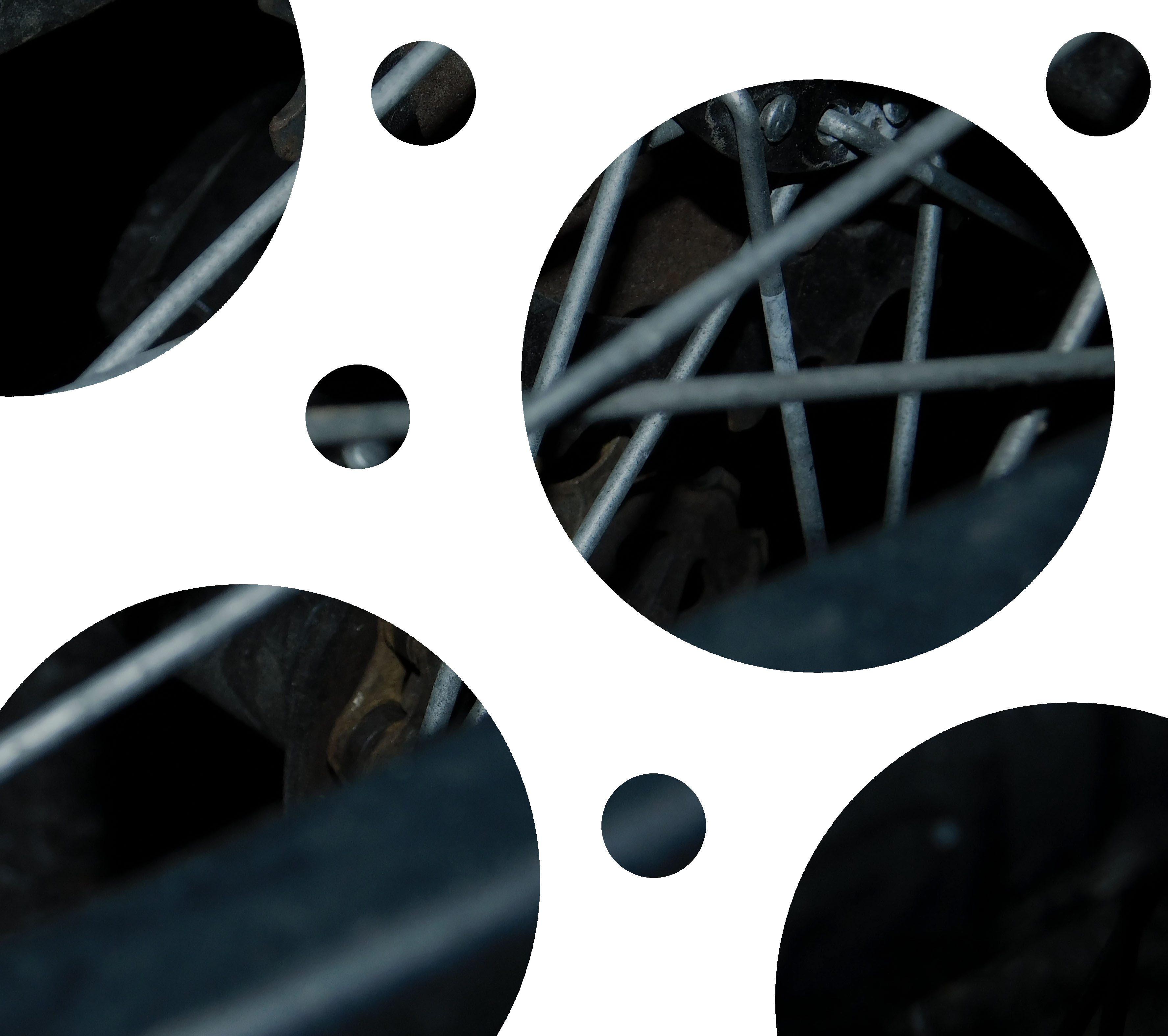
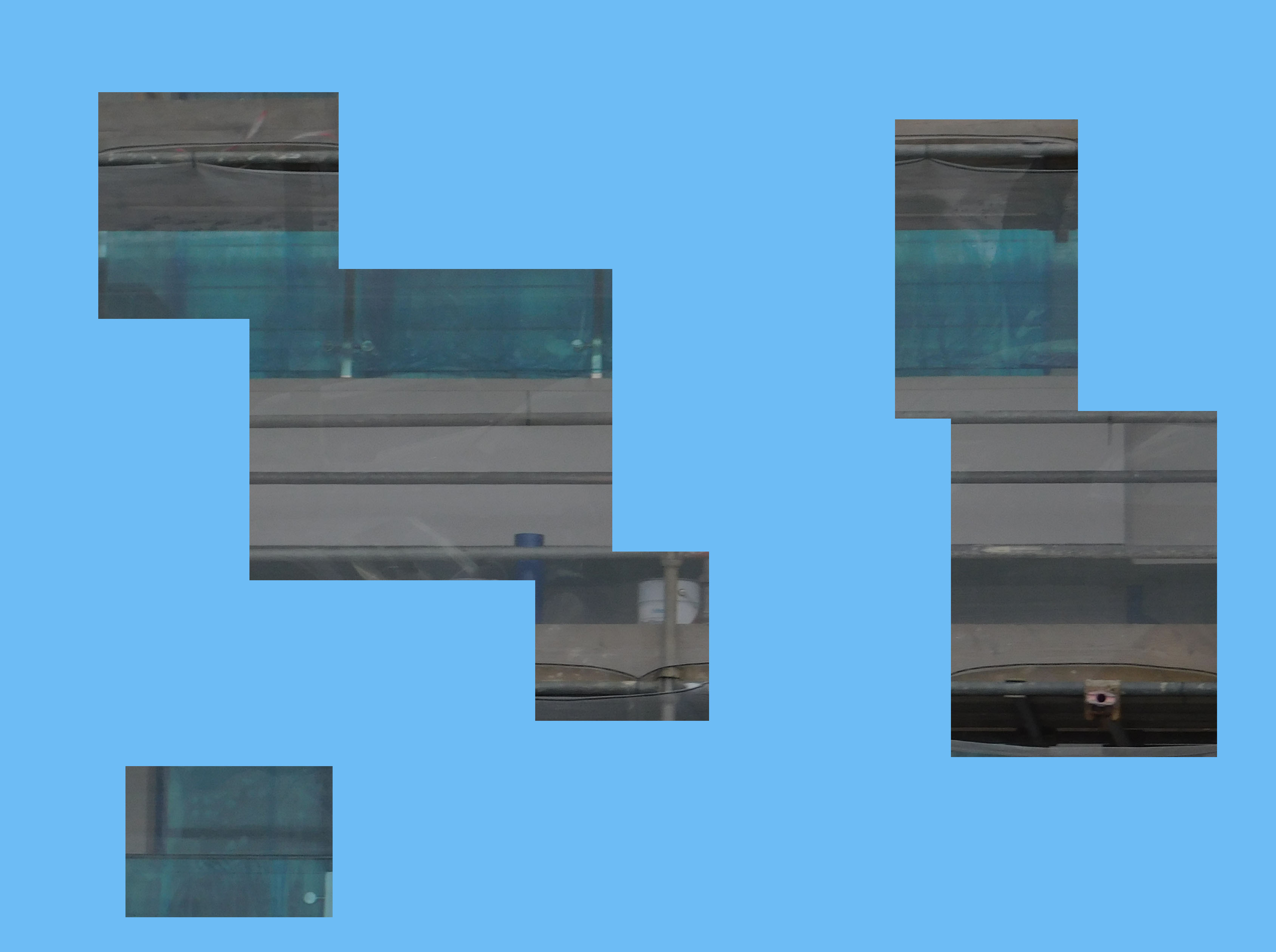

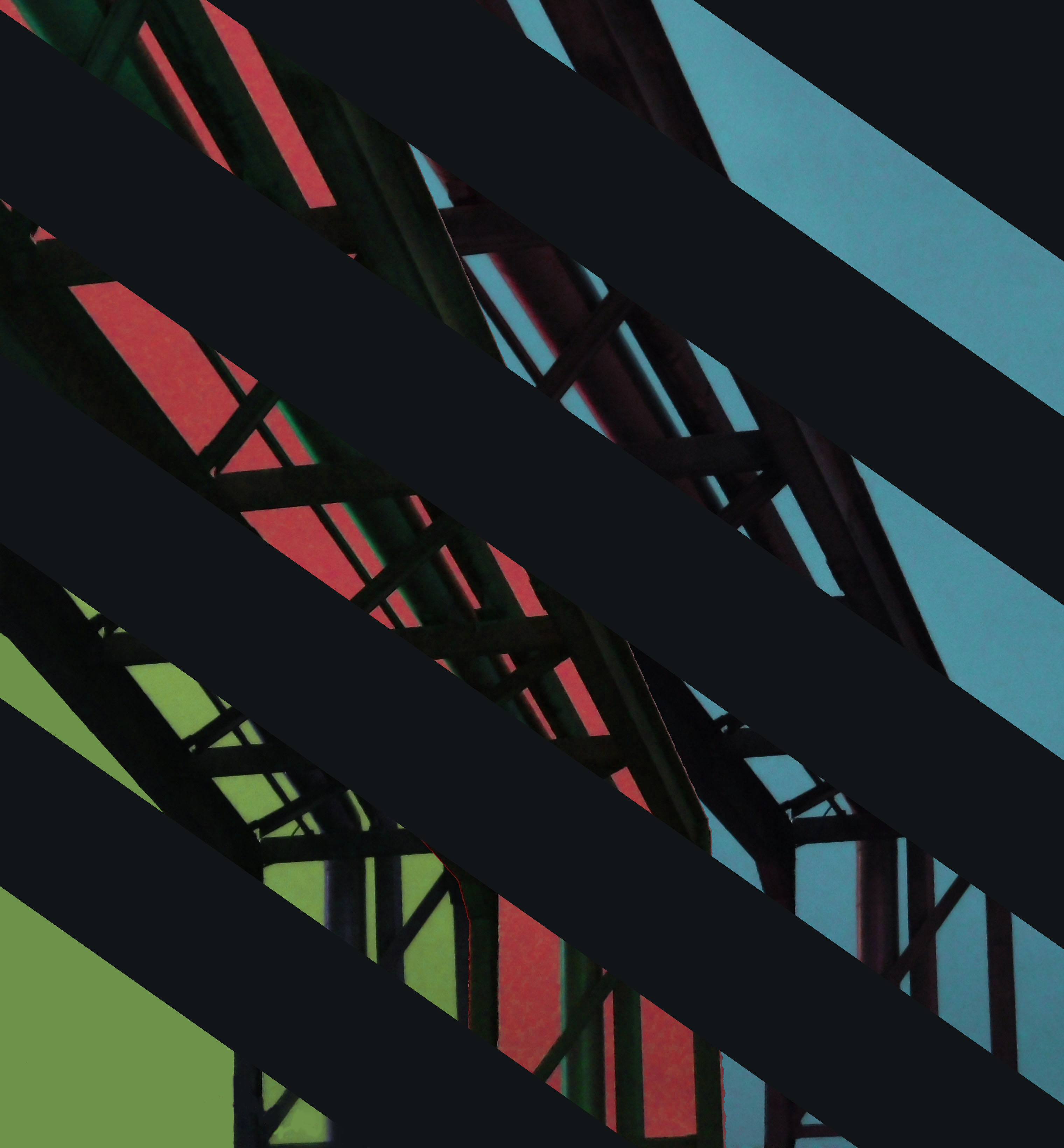
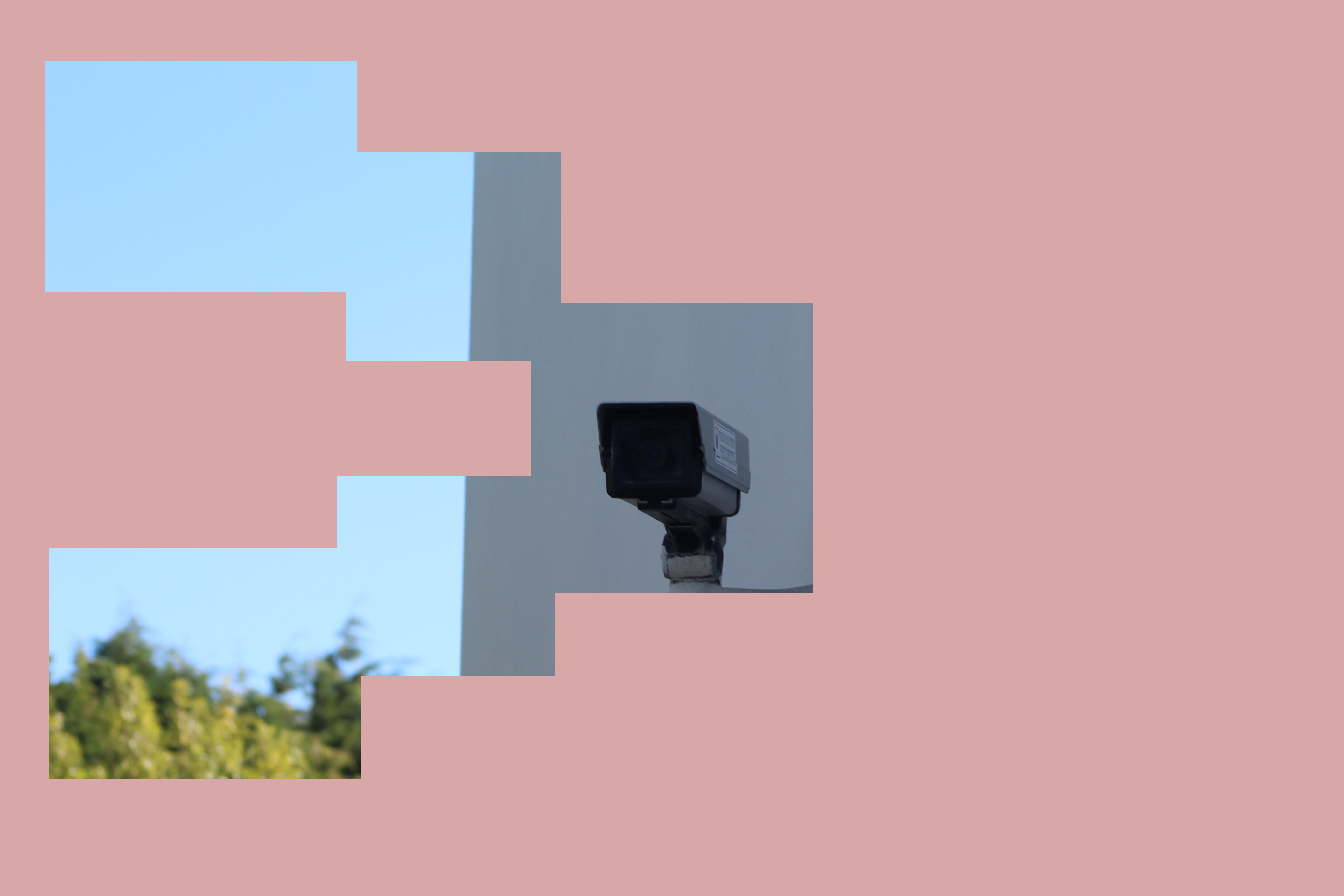

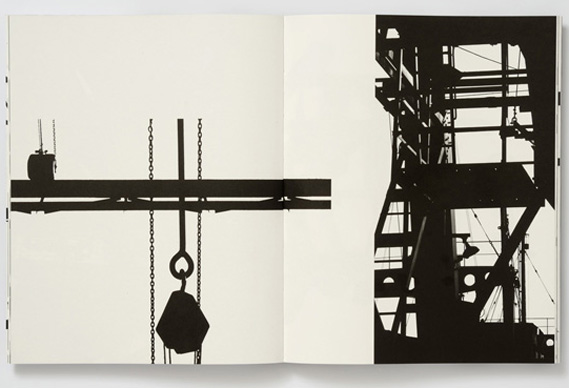
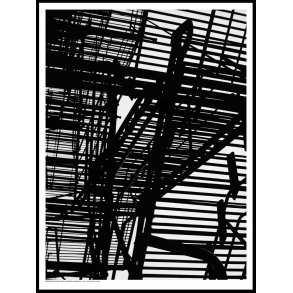
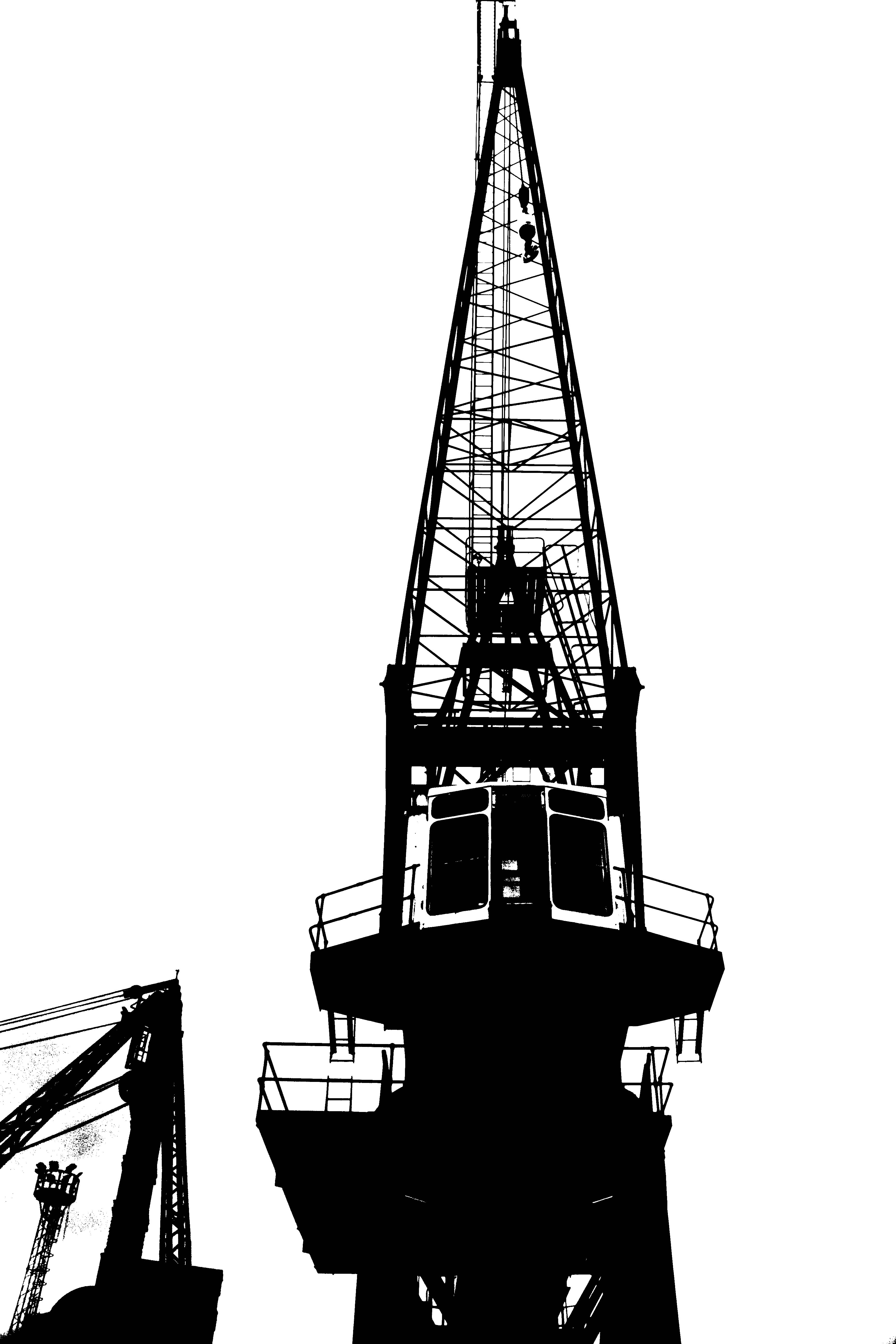


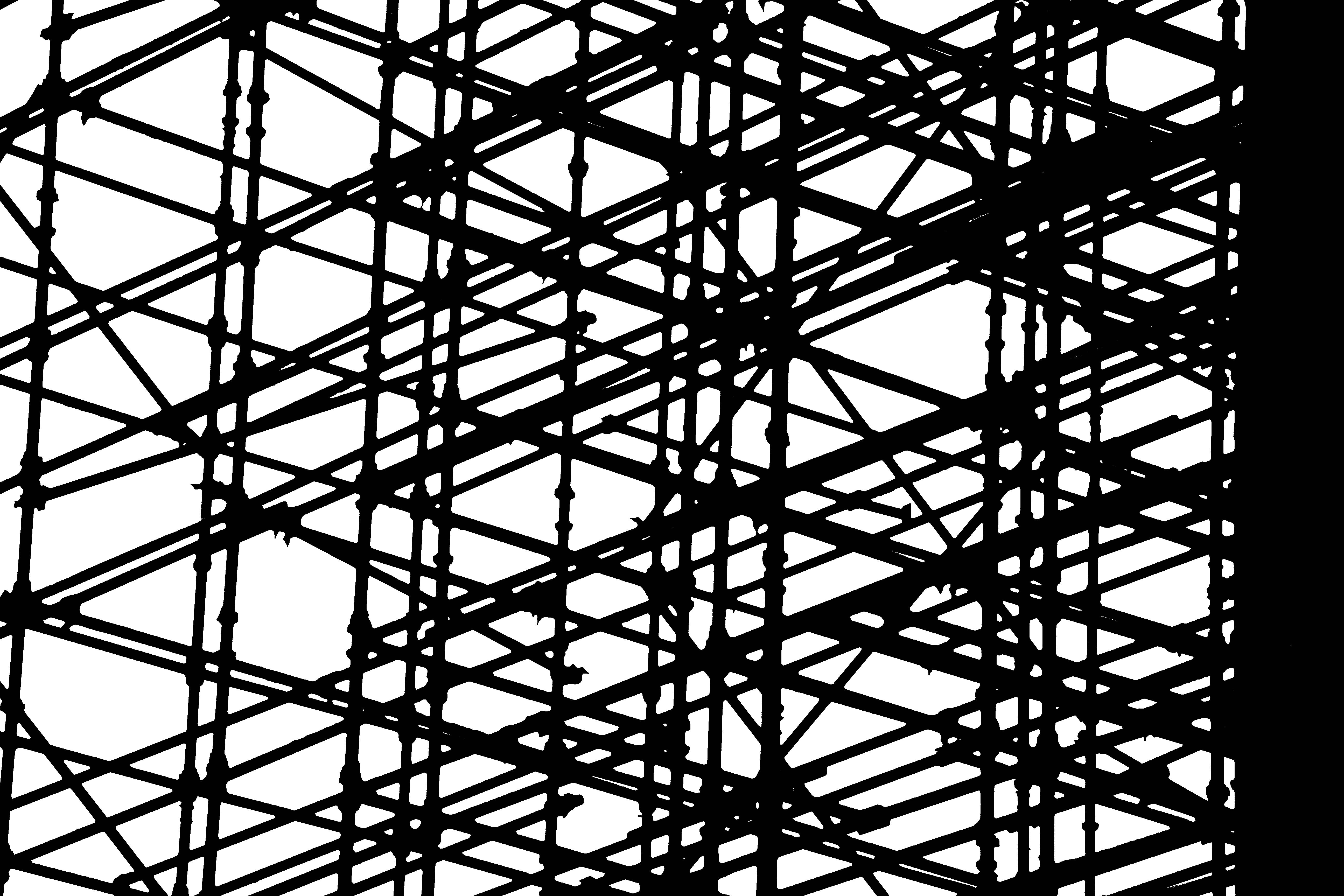
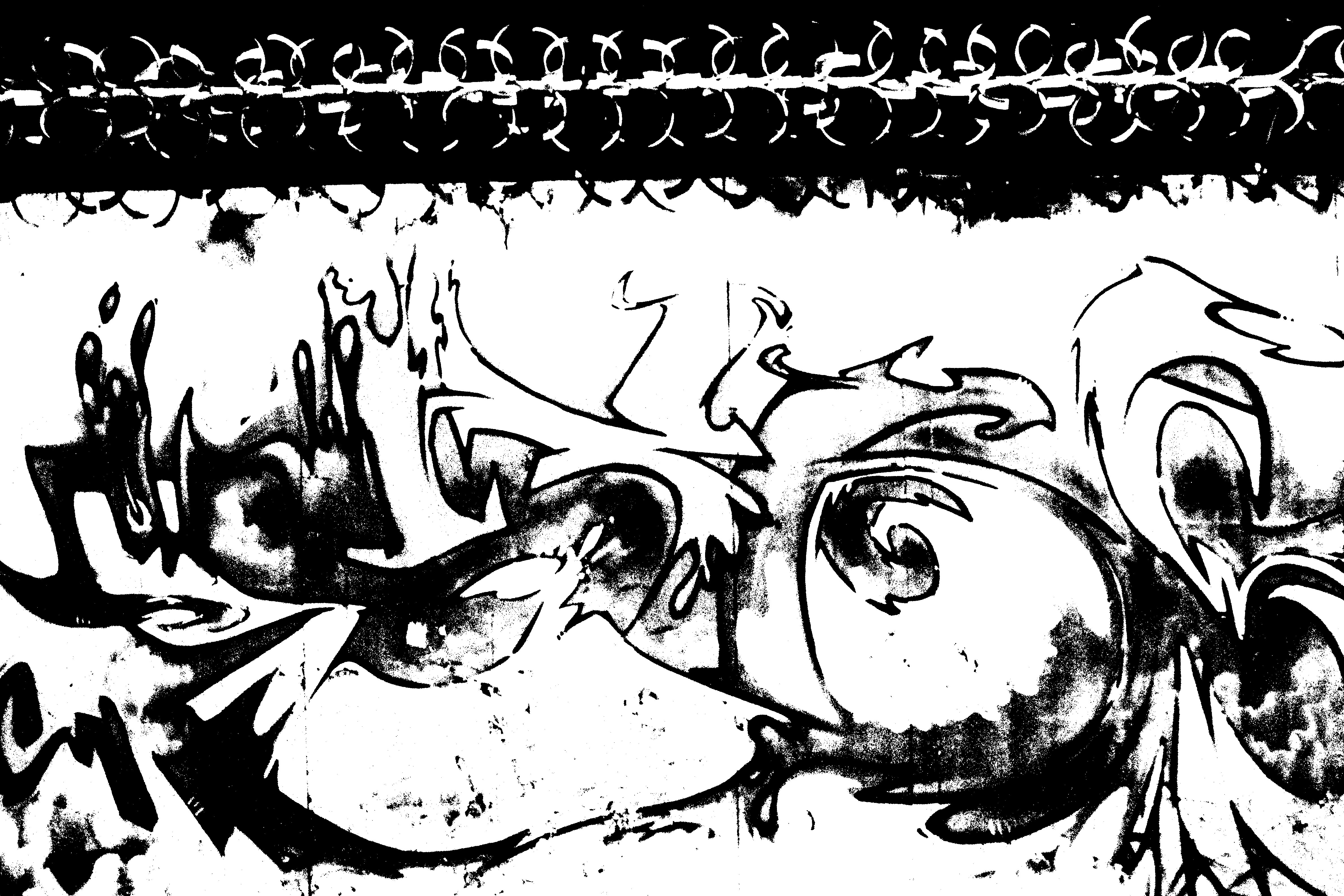
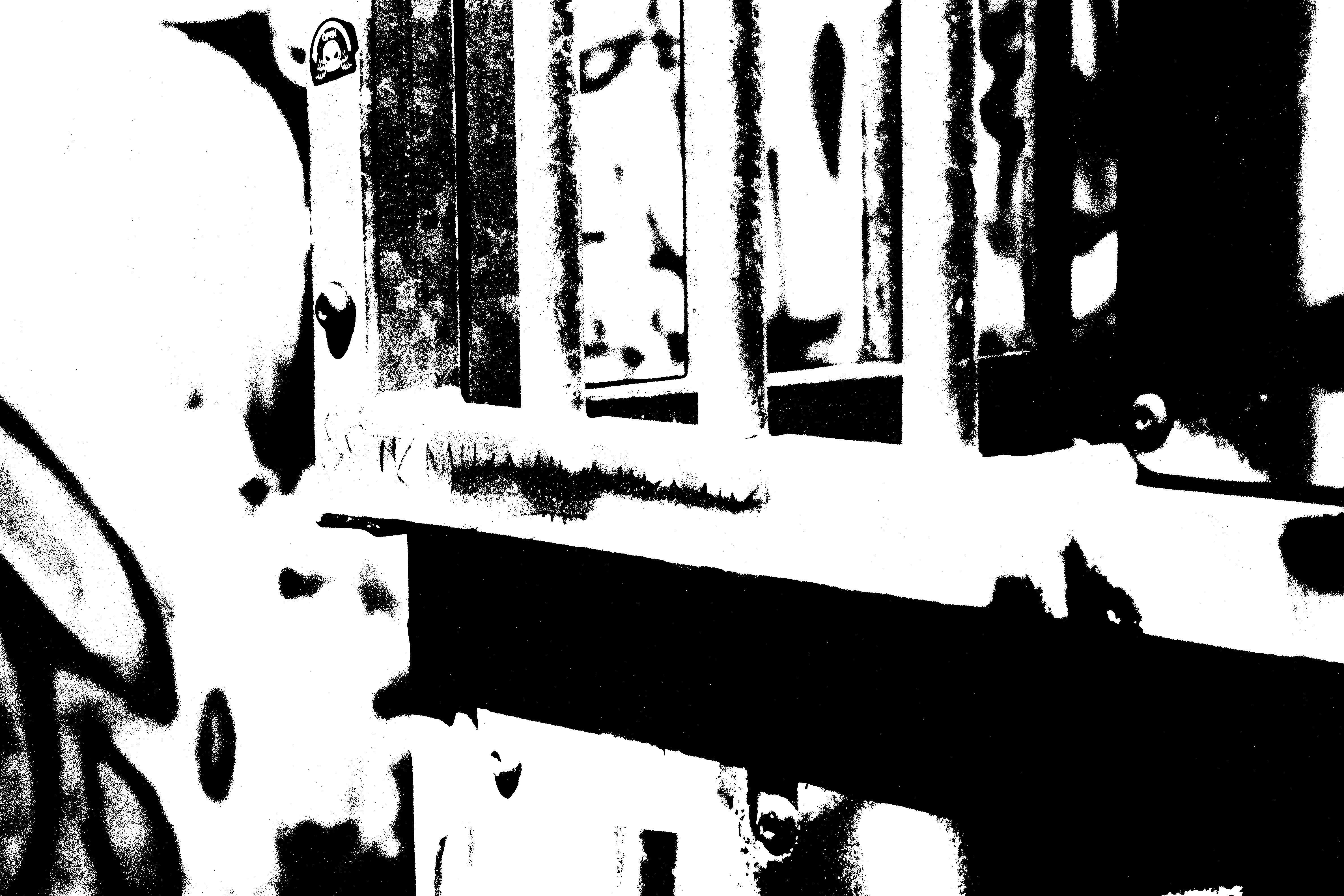
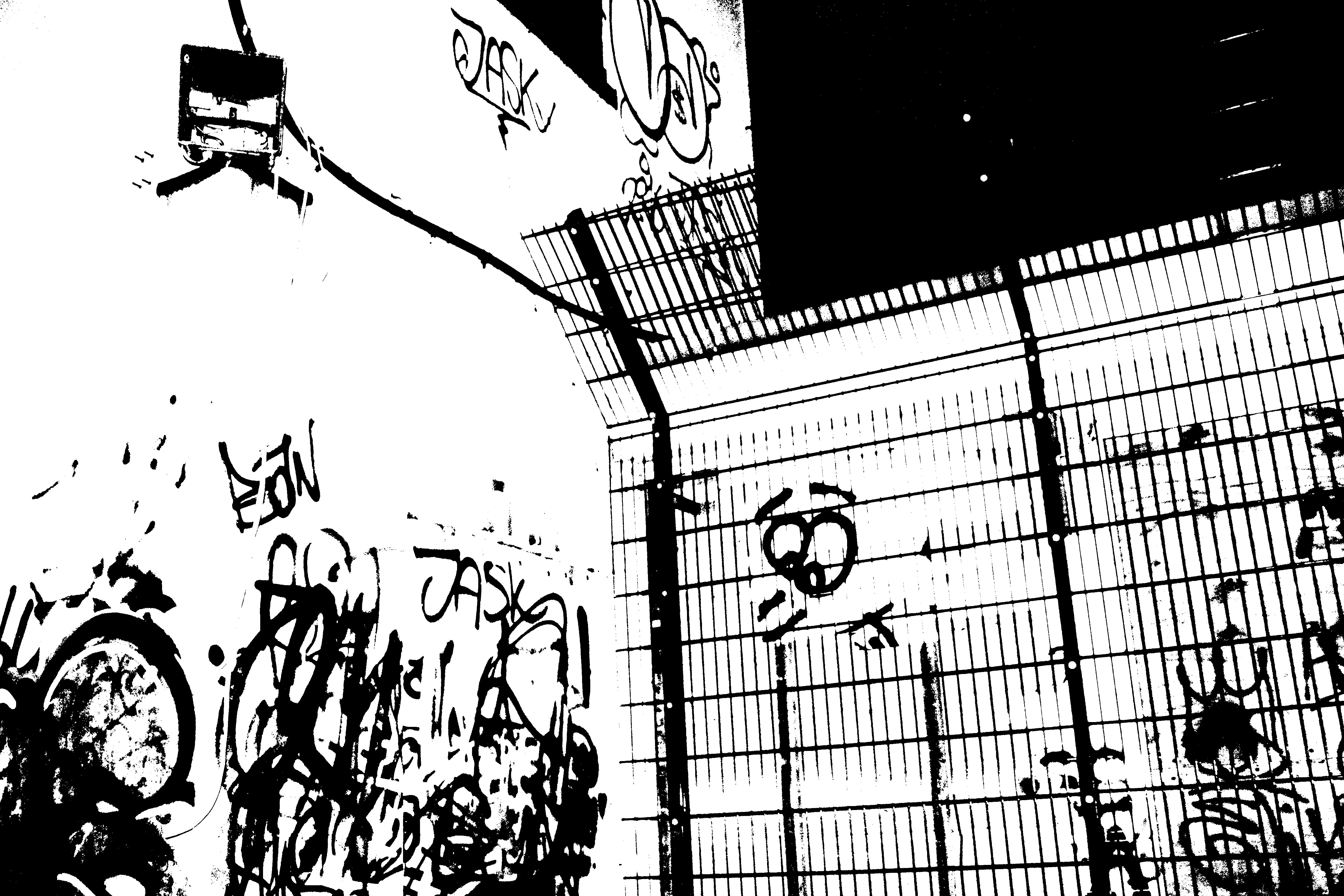

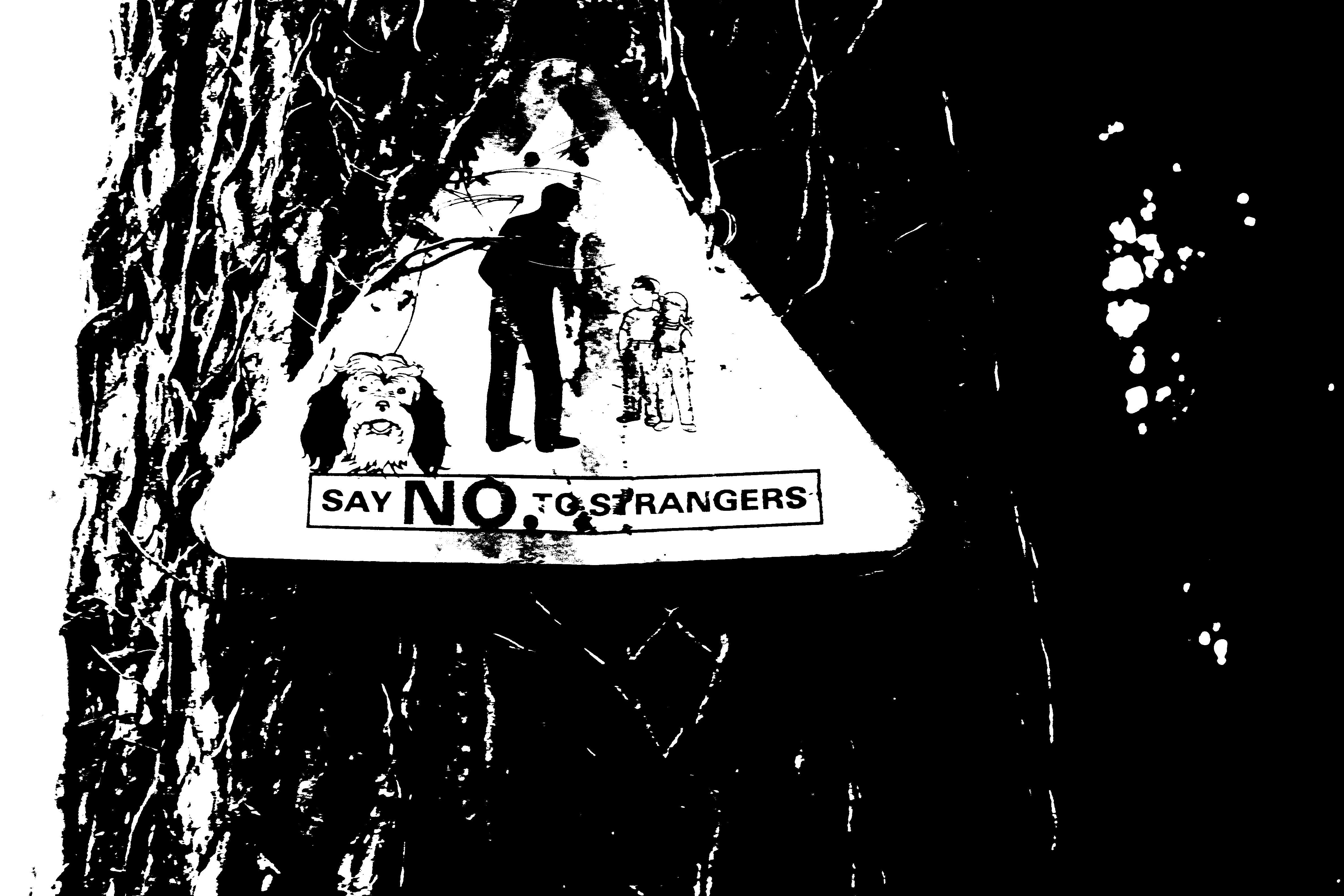
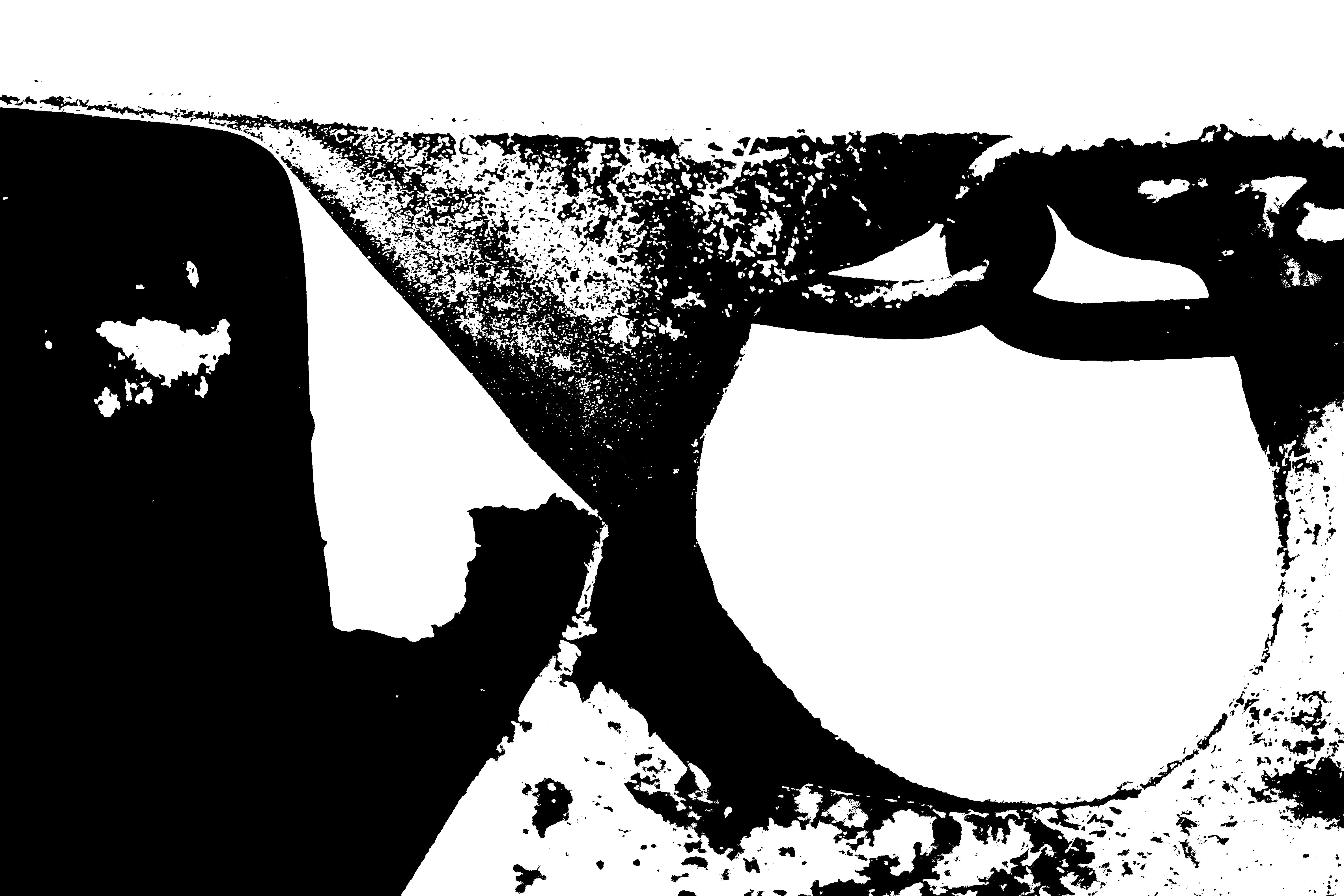

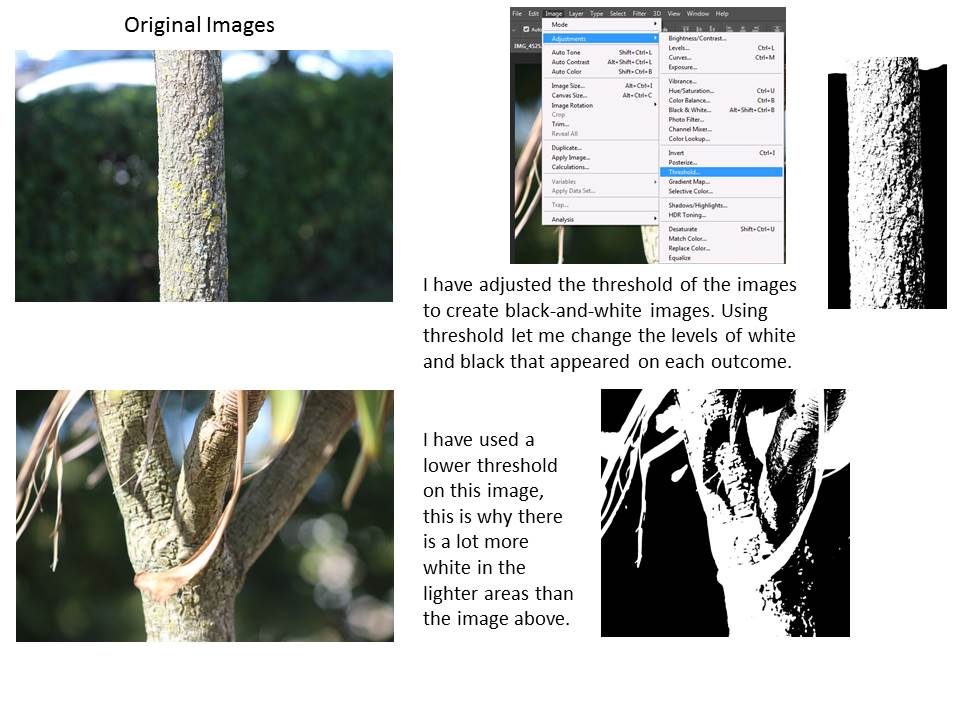

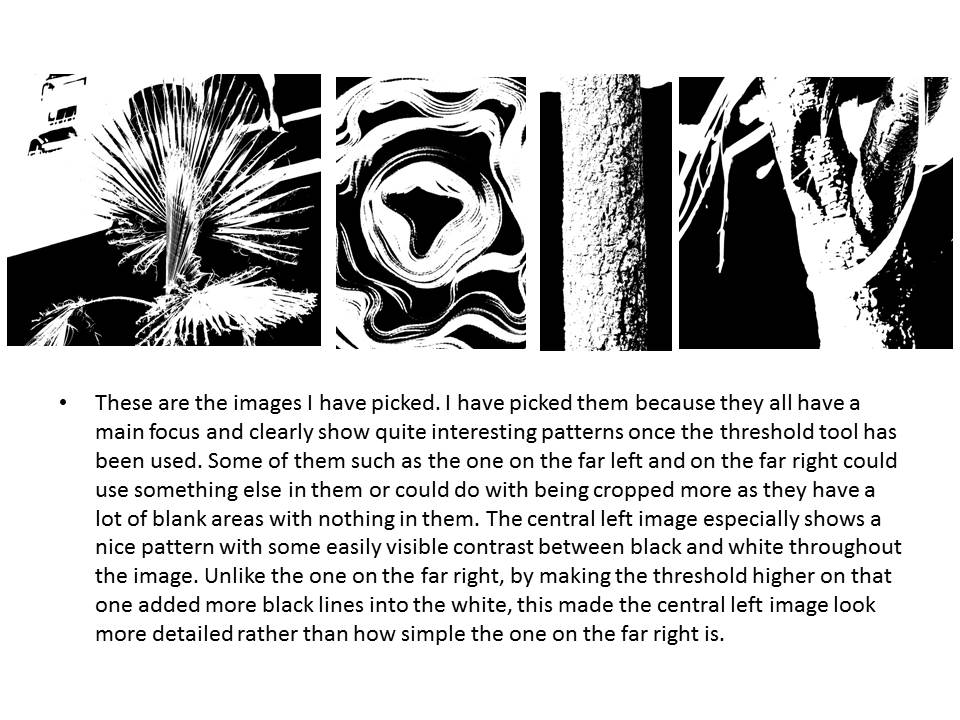

 My Own Idea with Threshold
My Own Idea with Threshold








